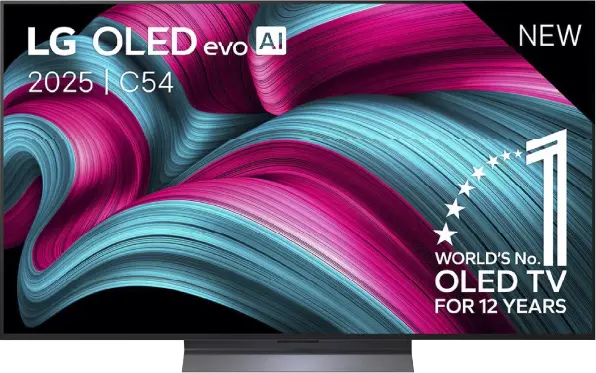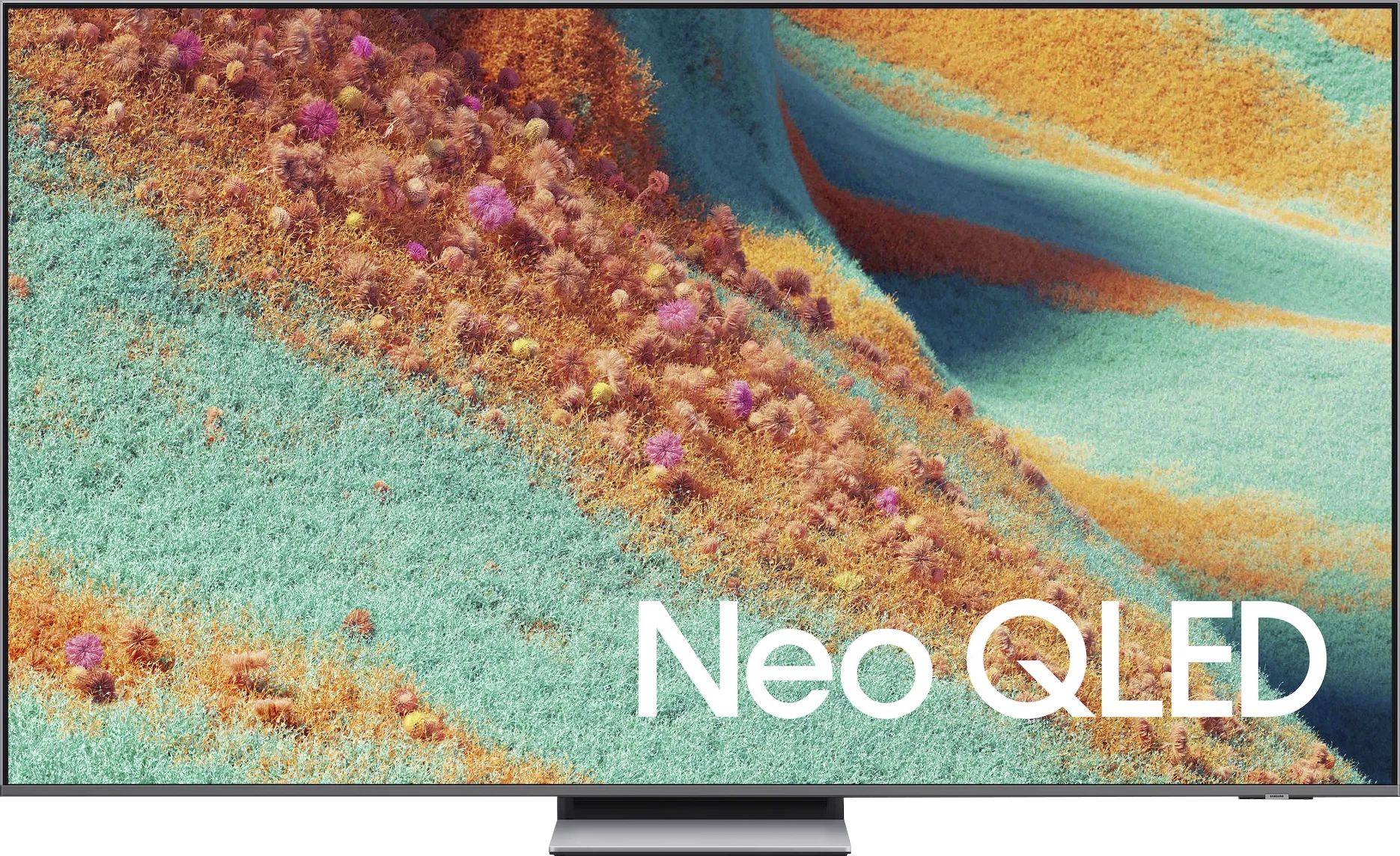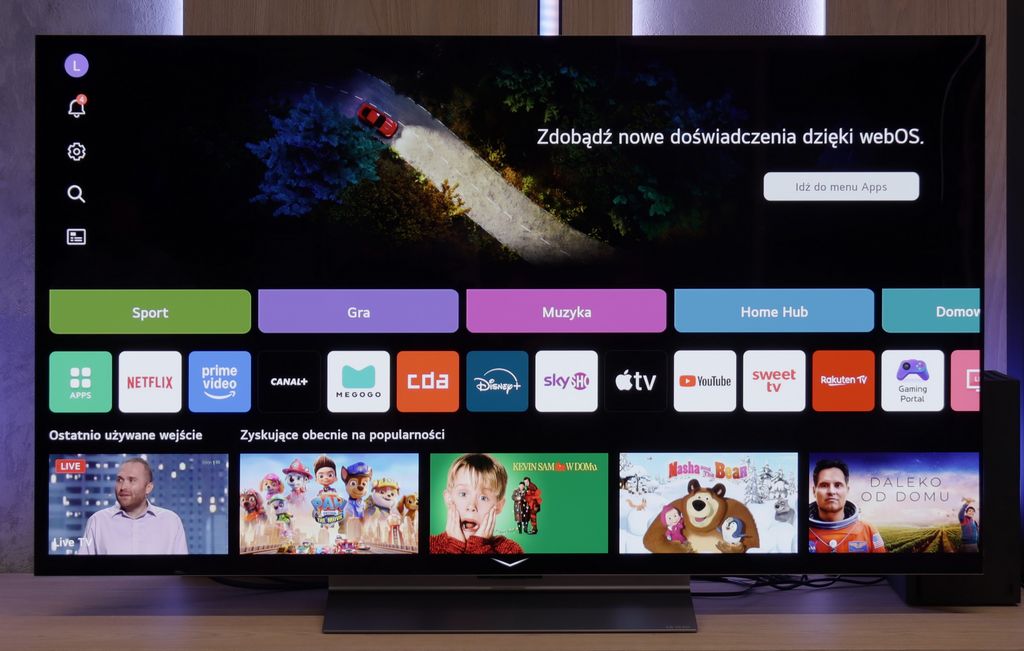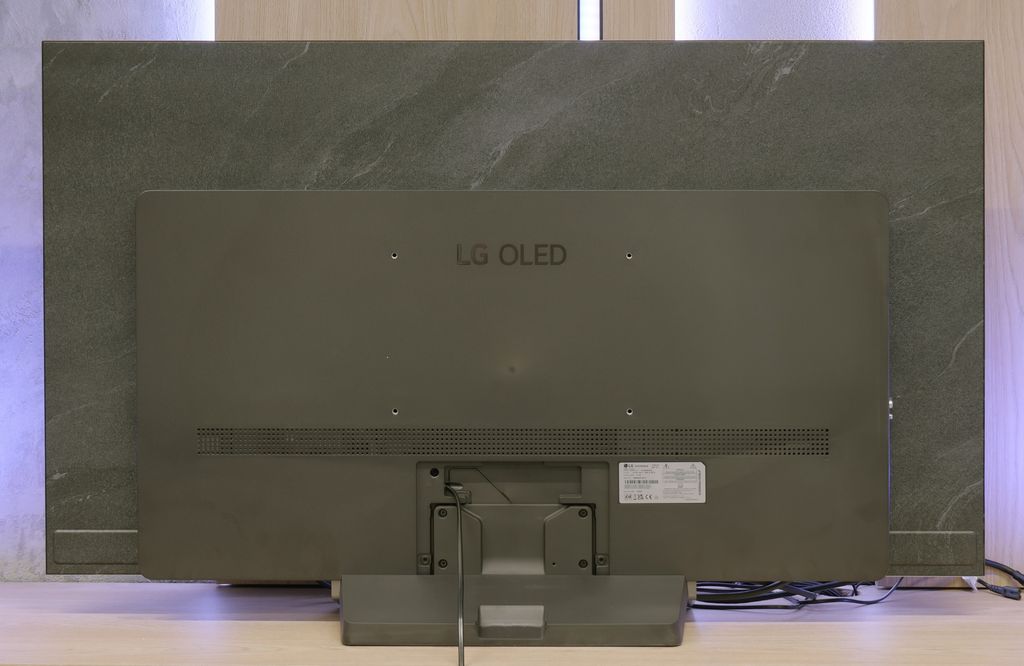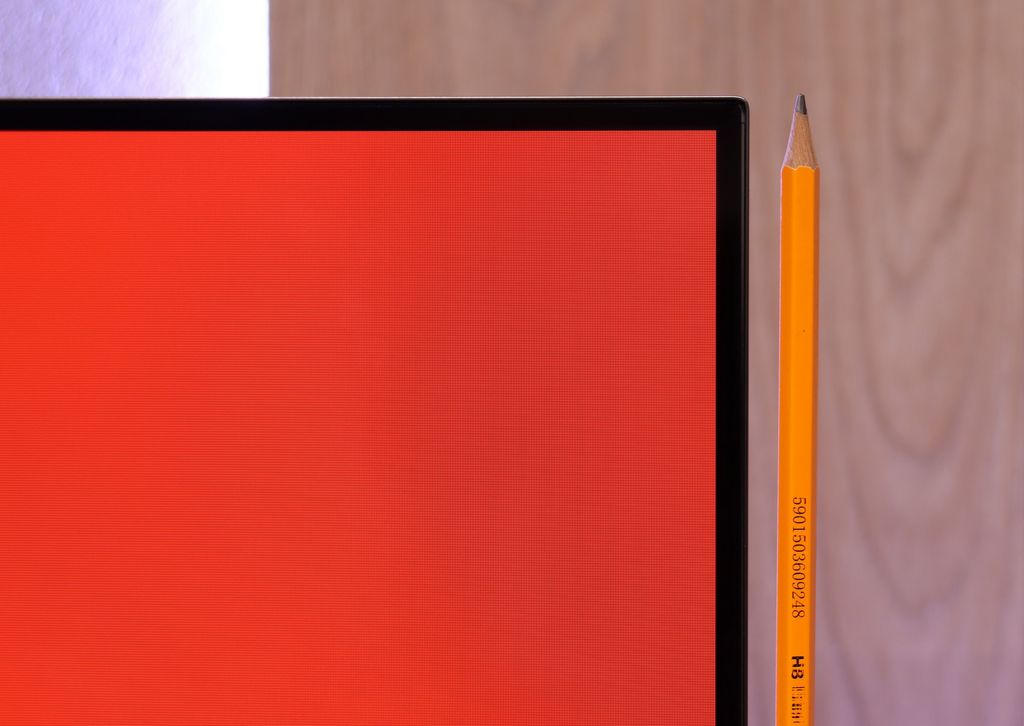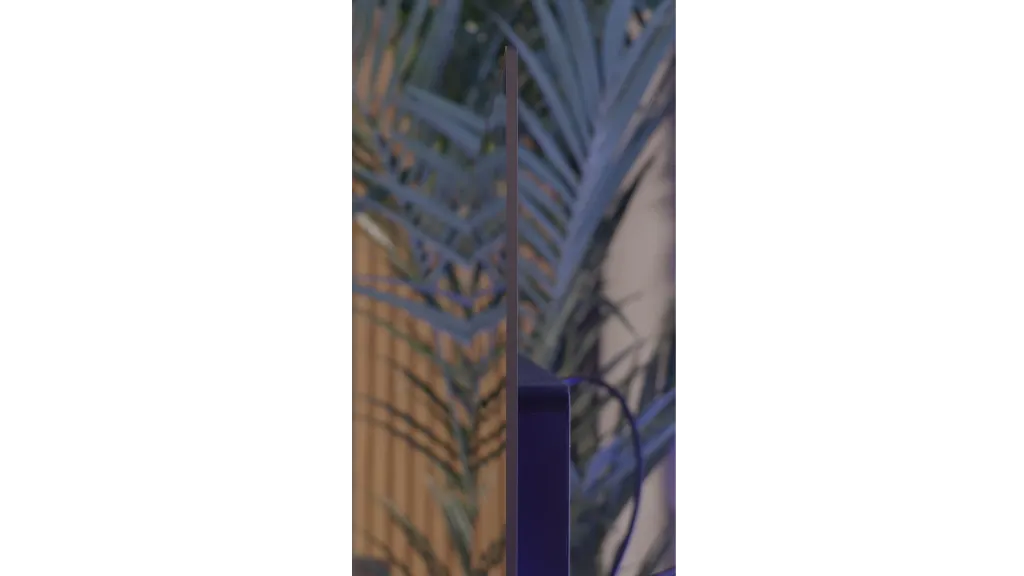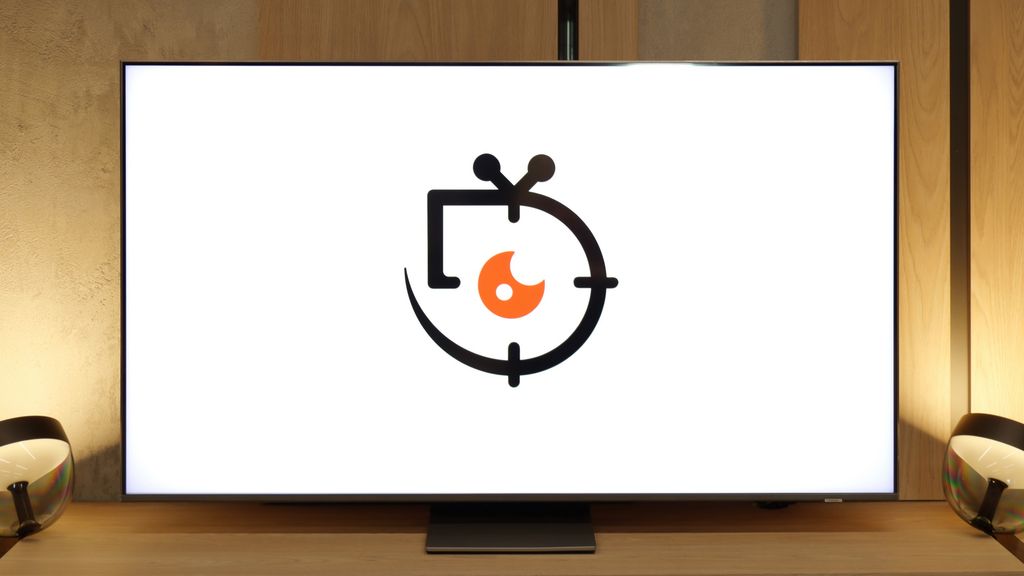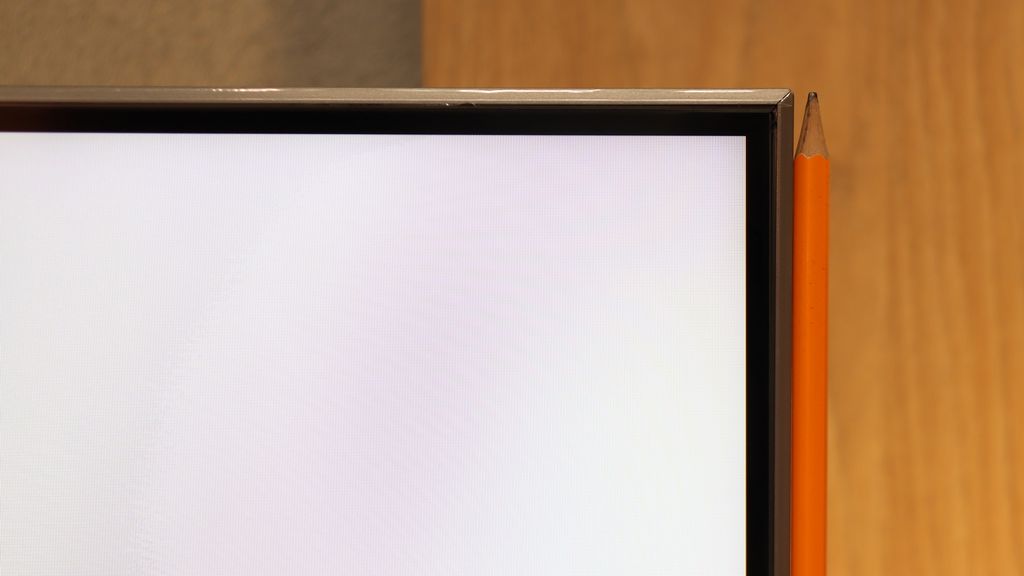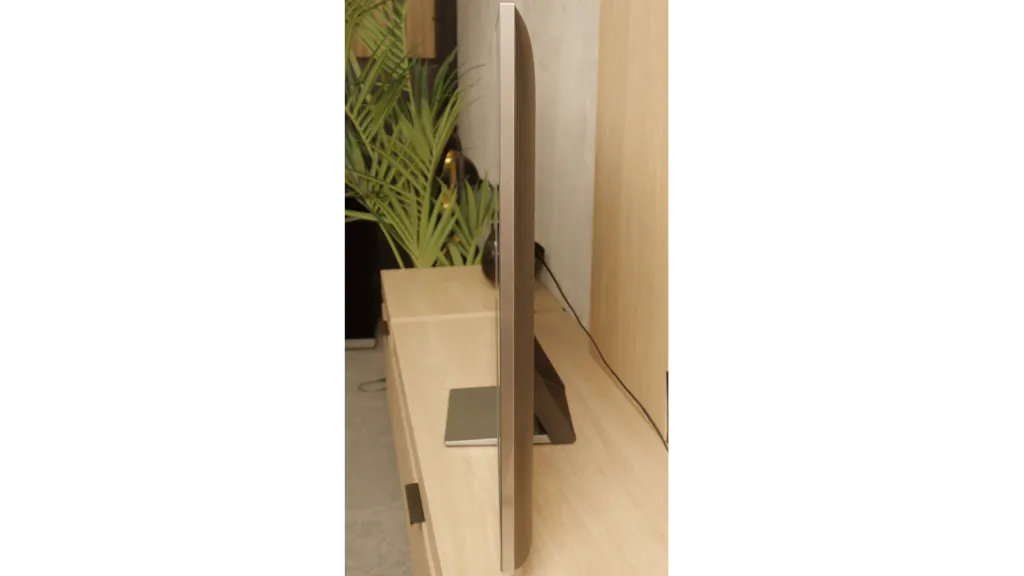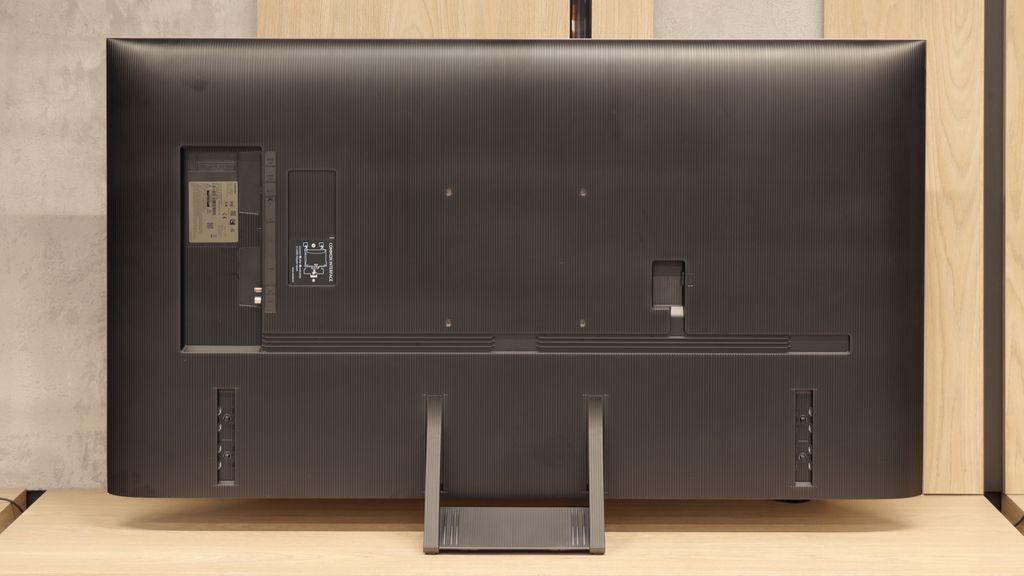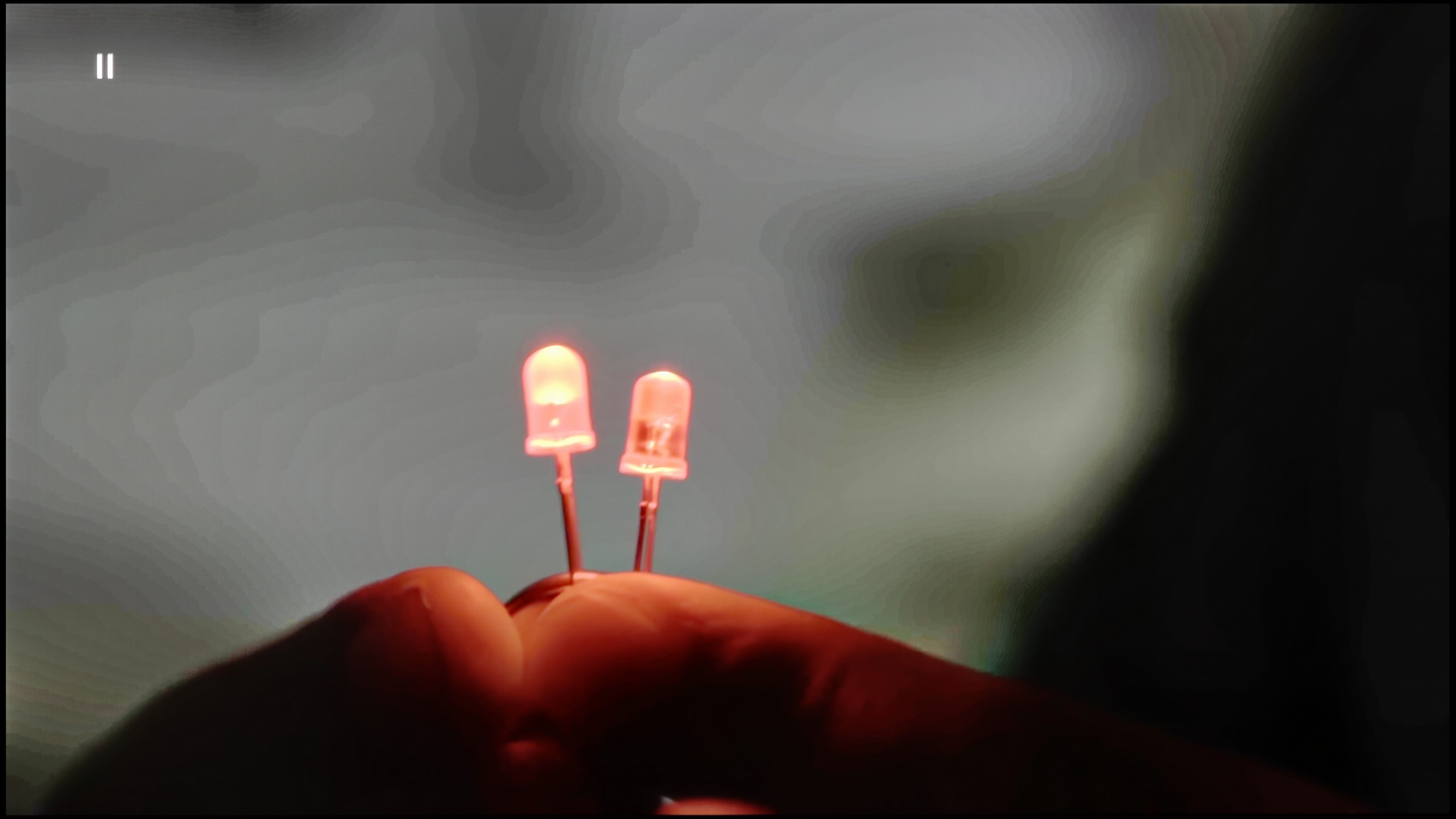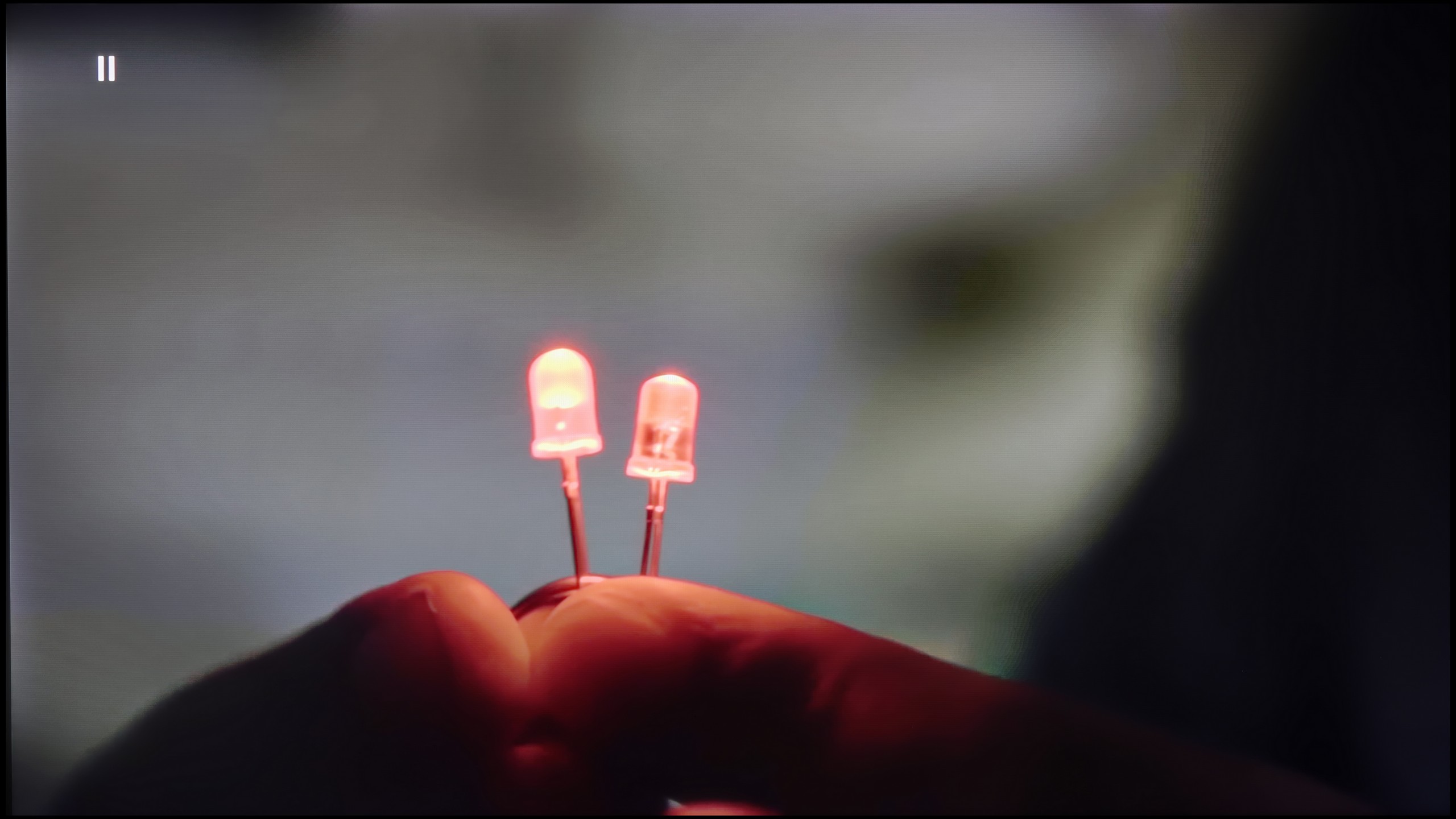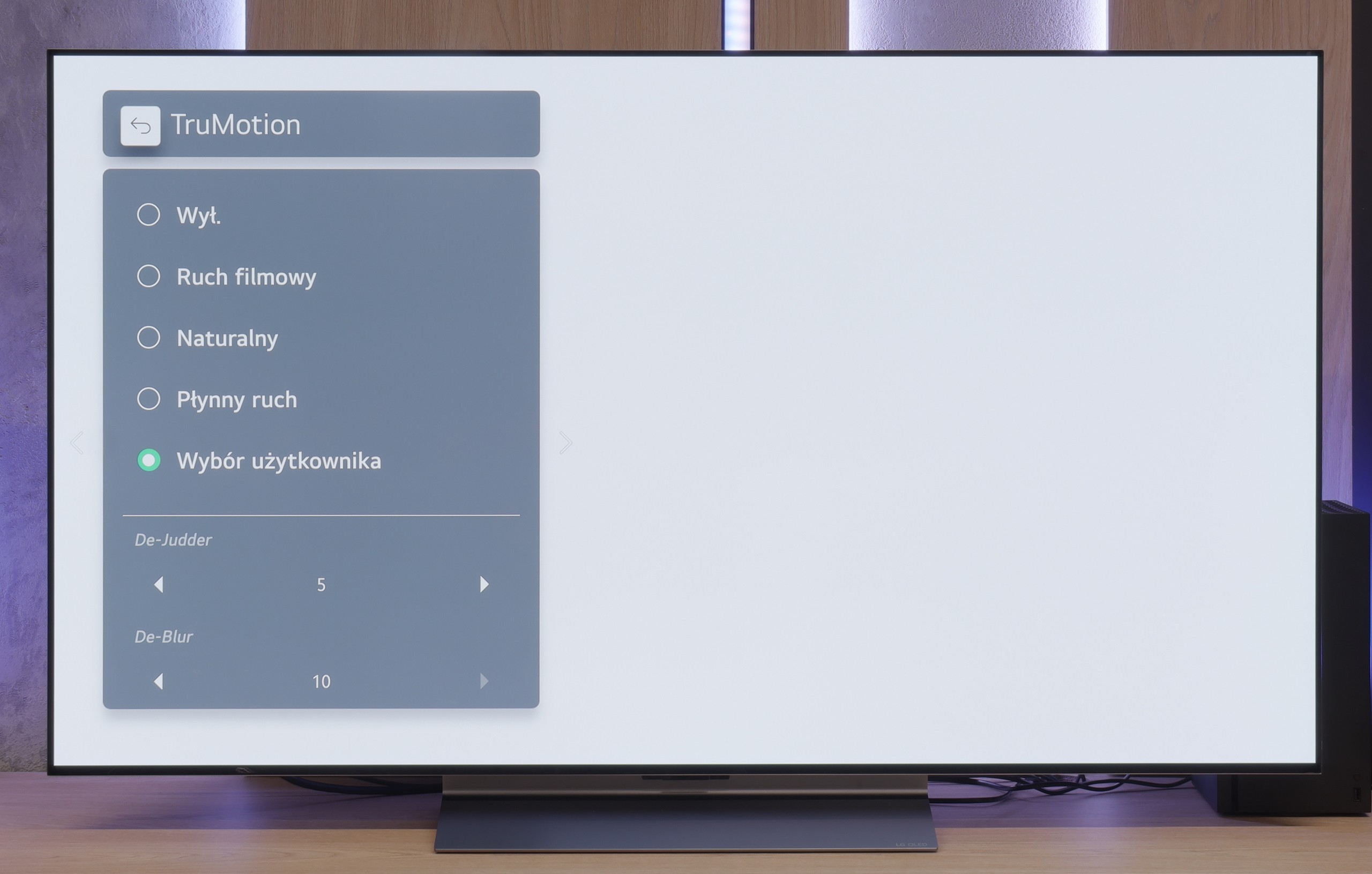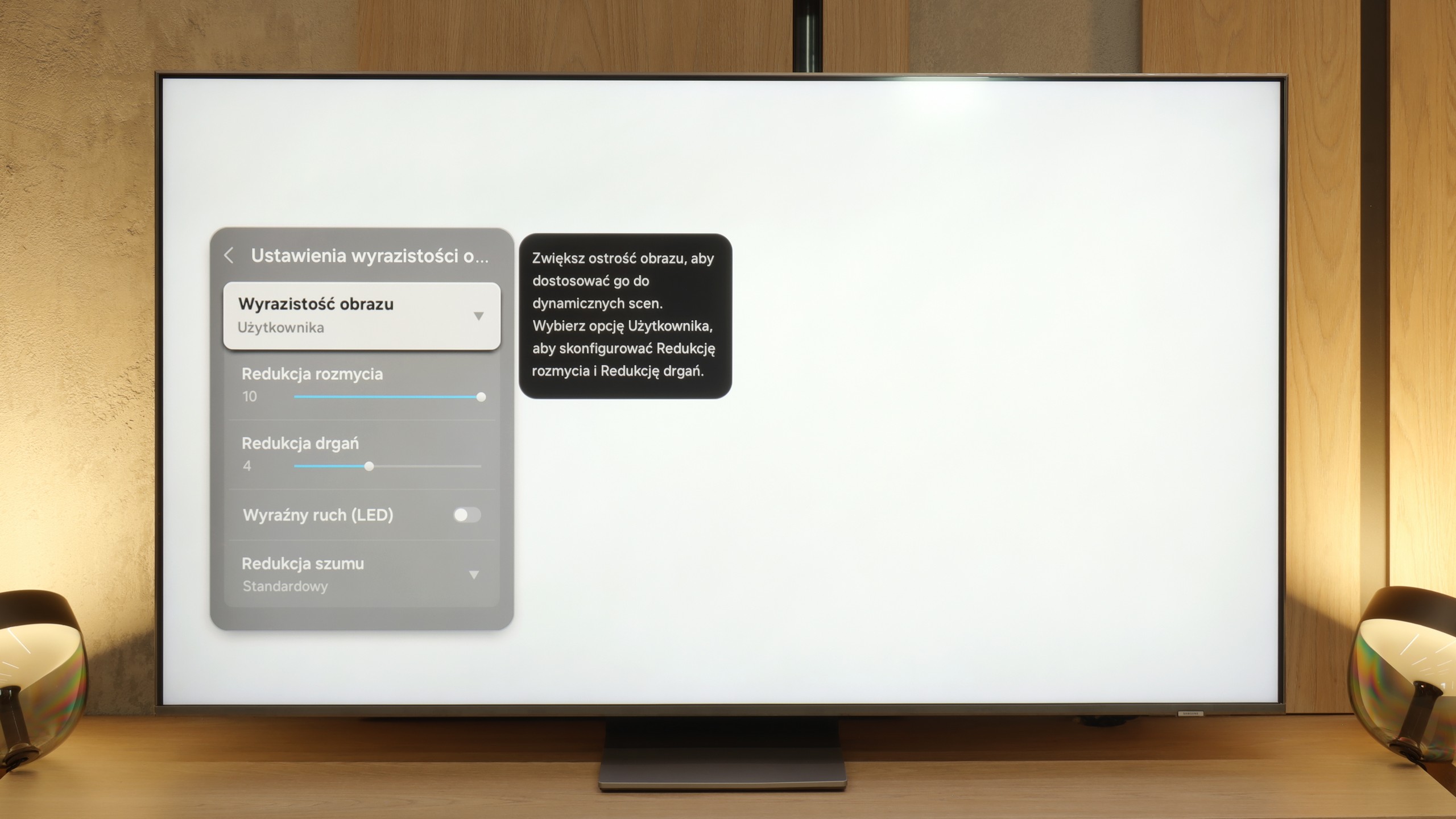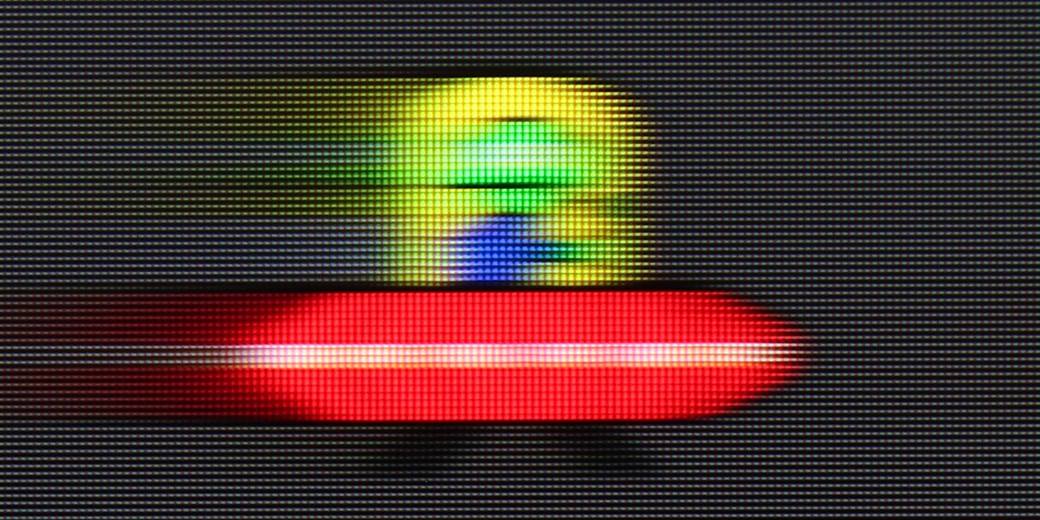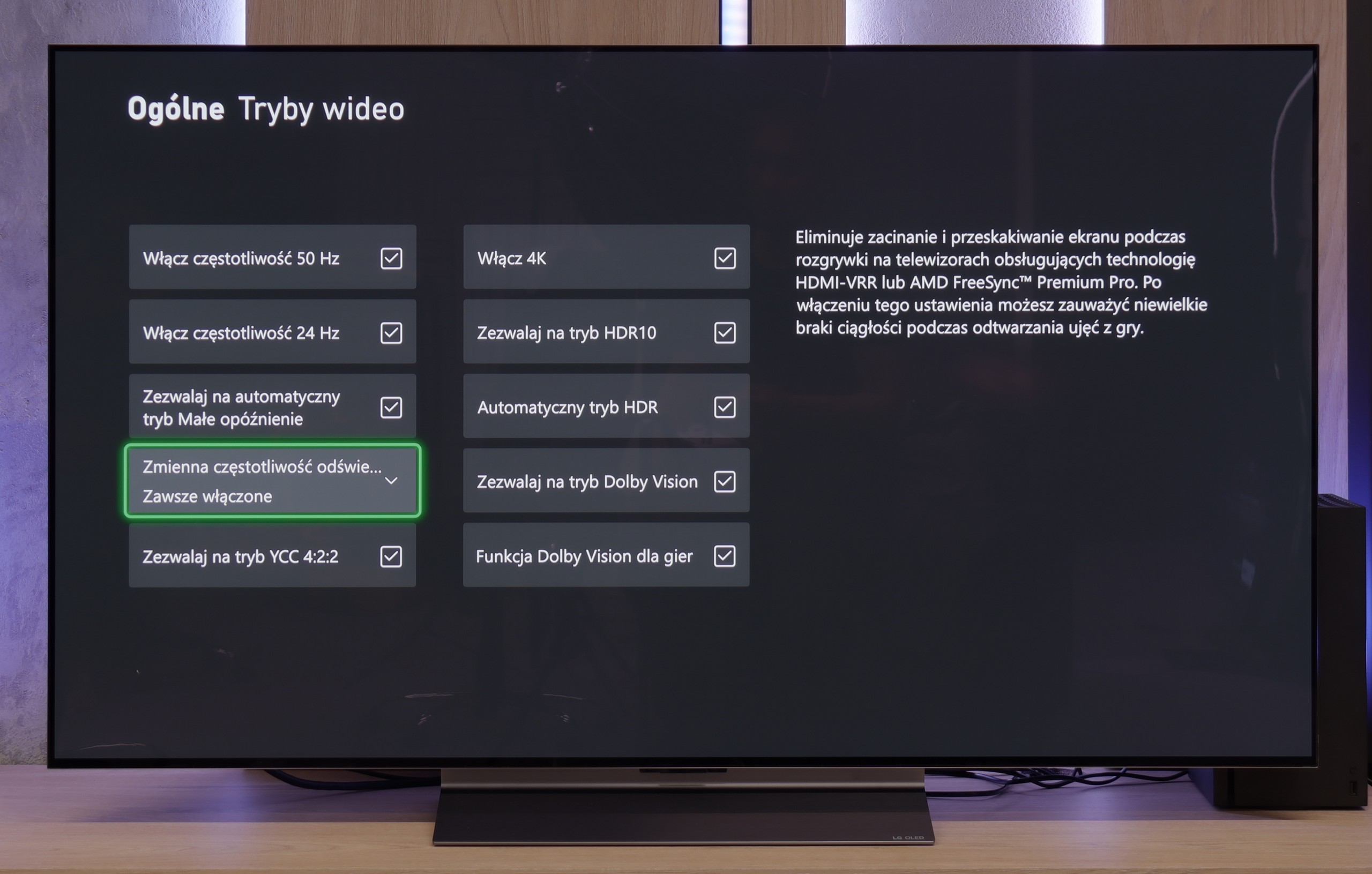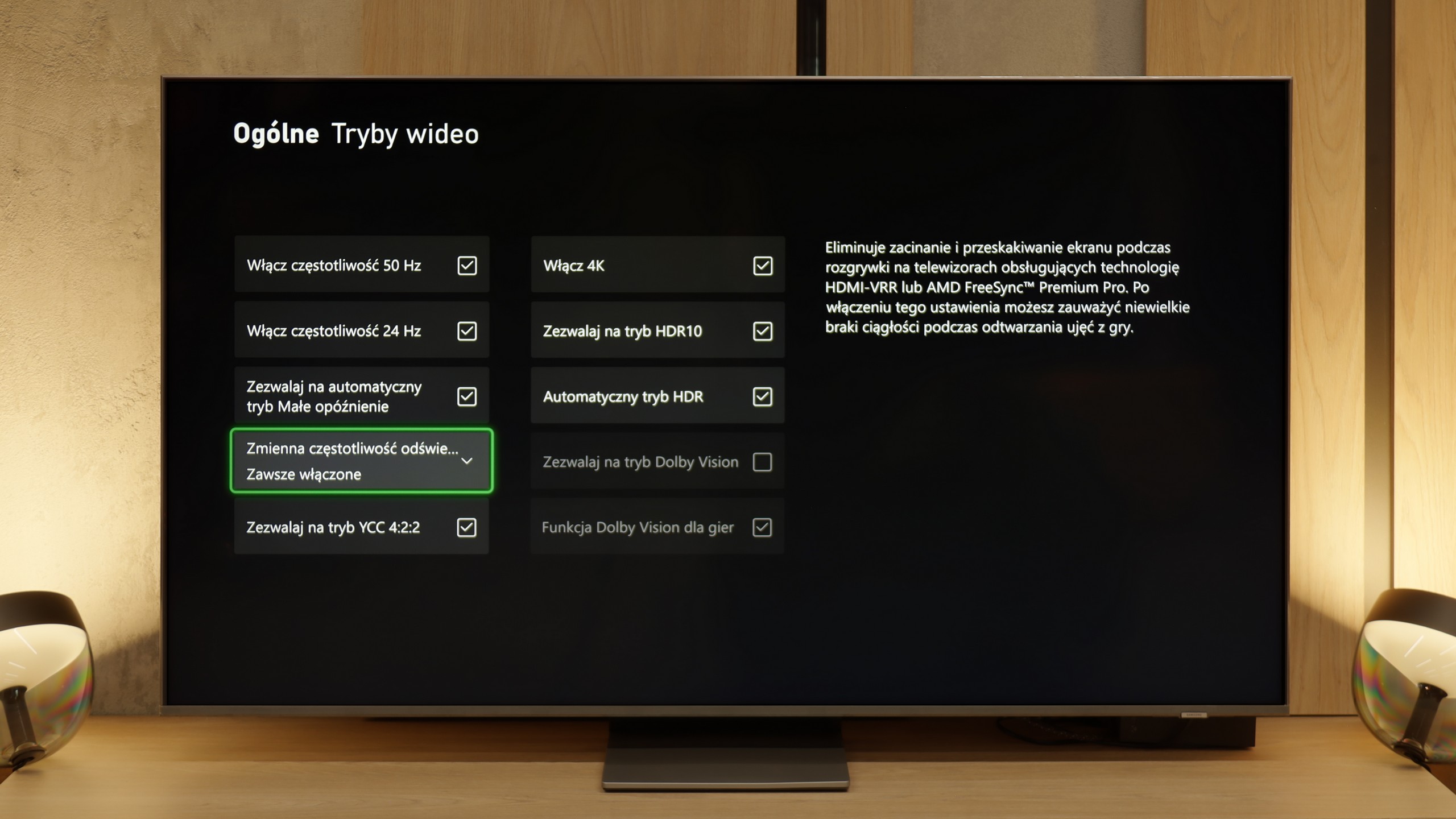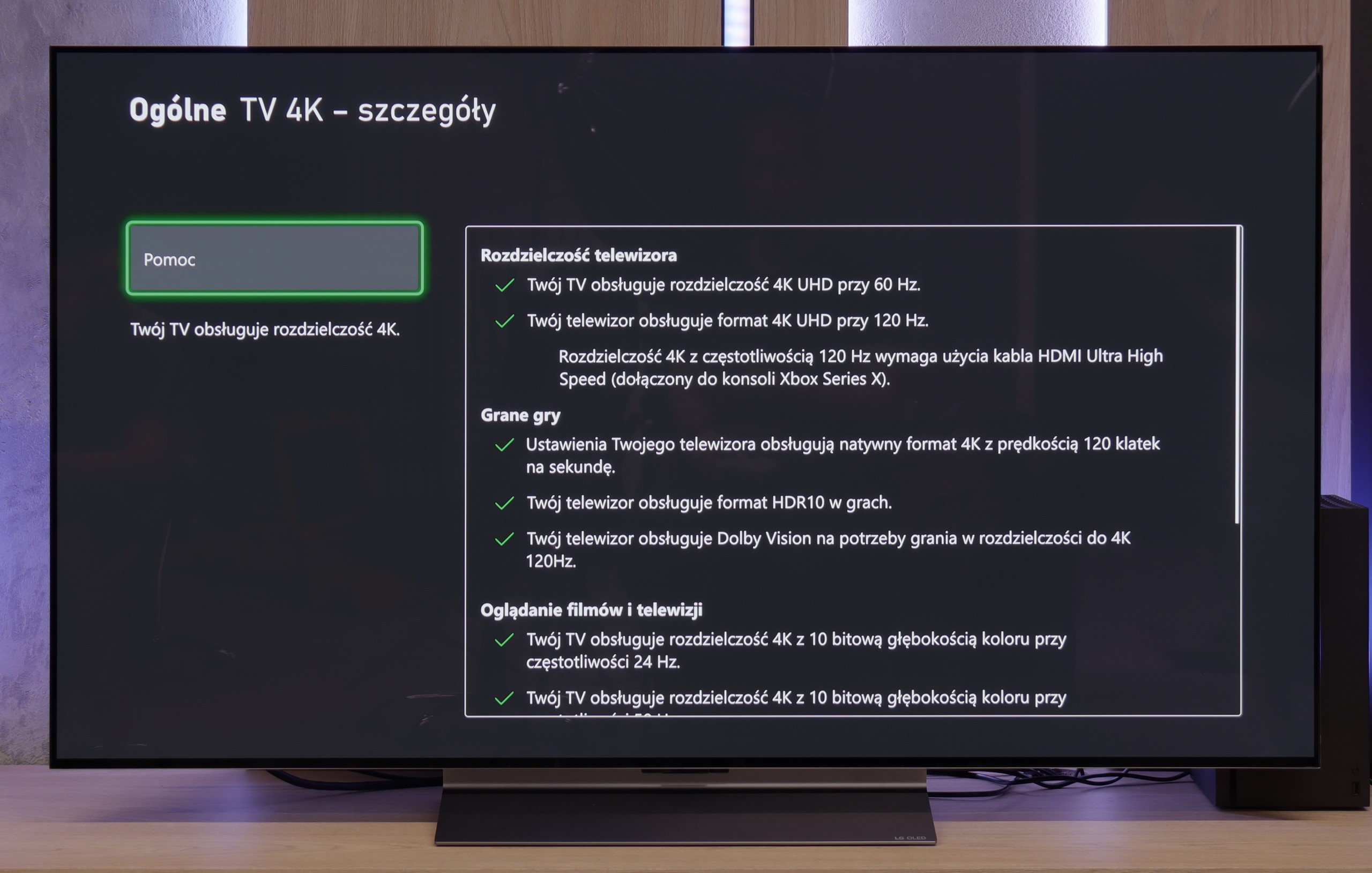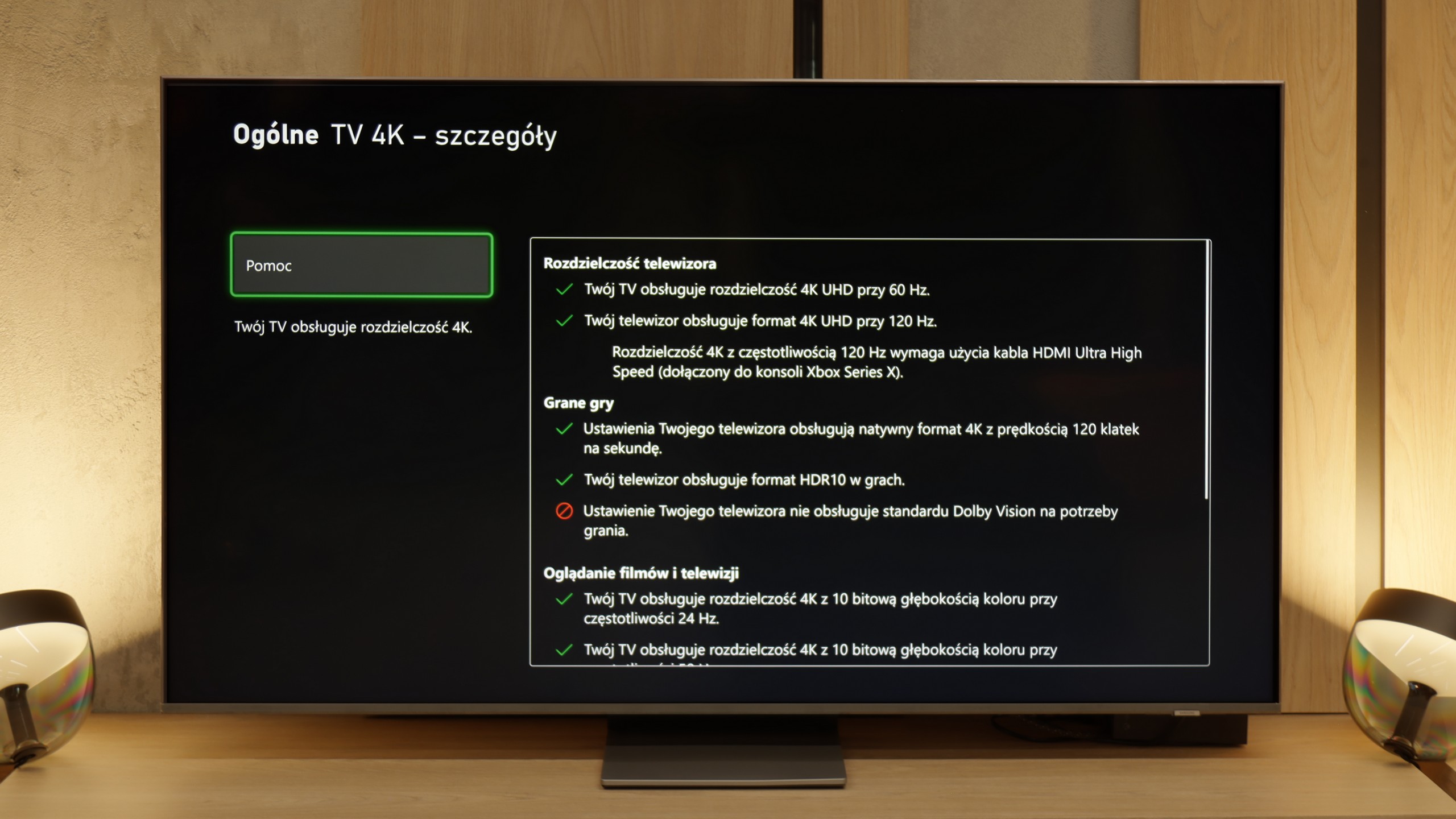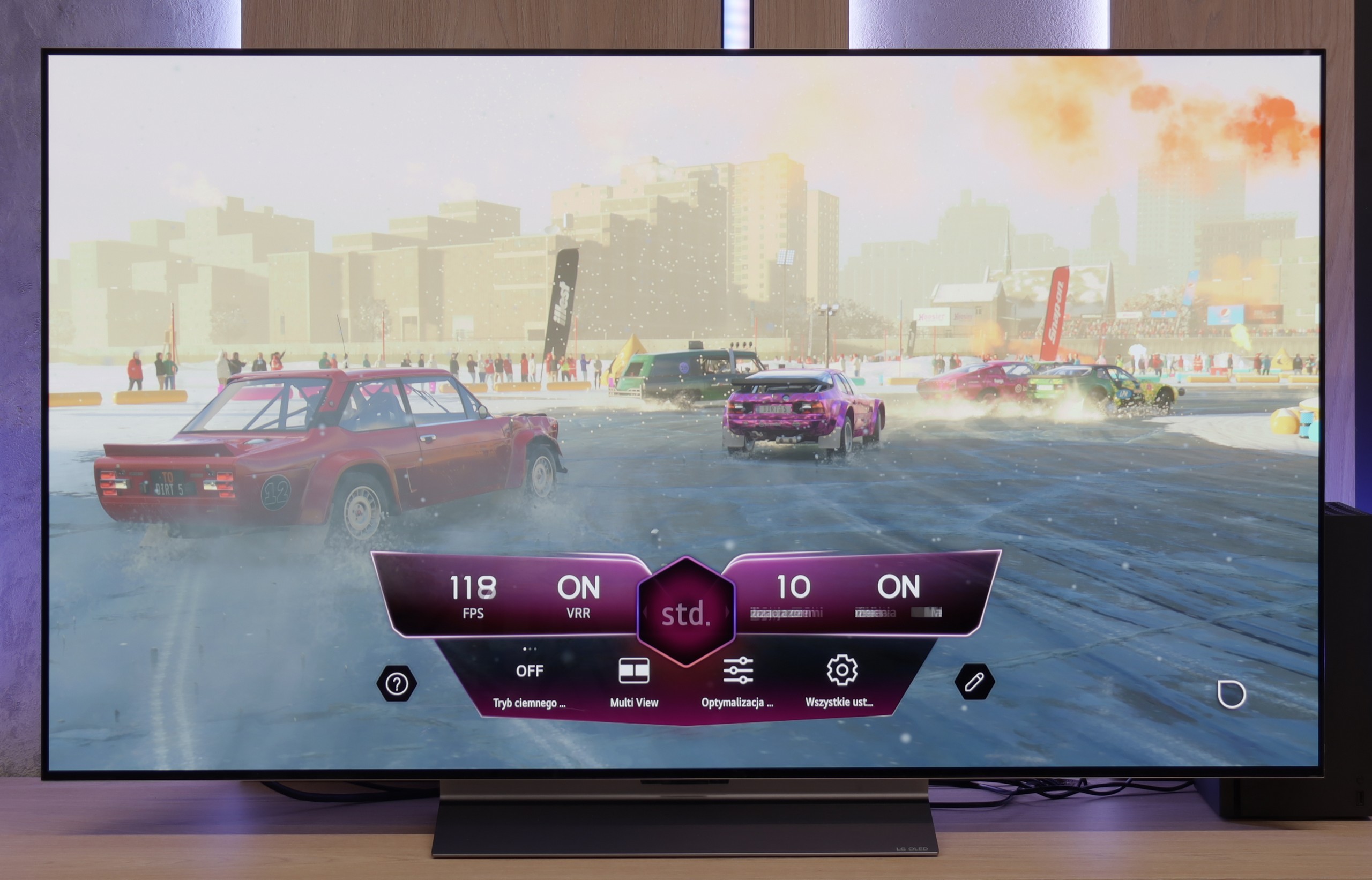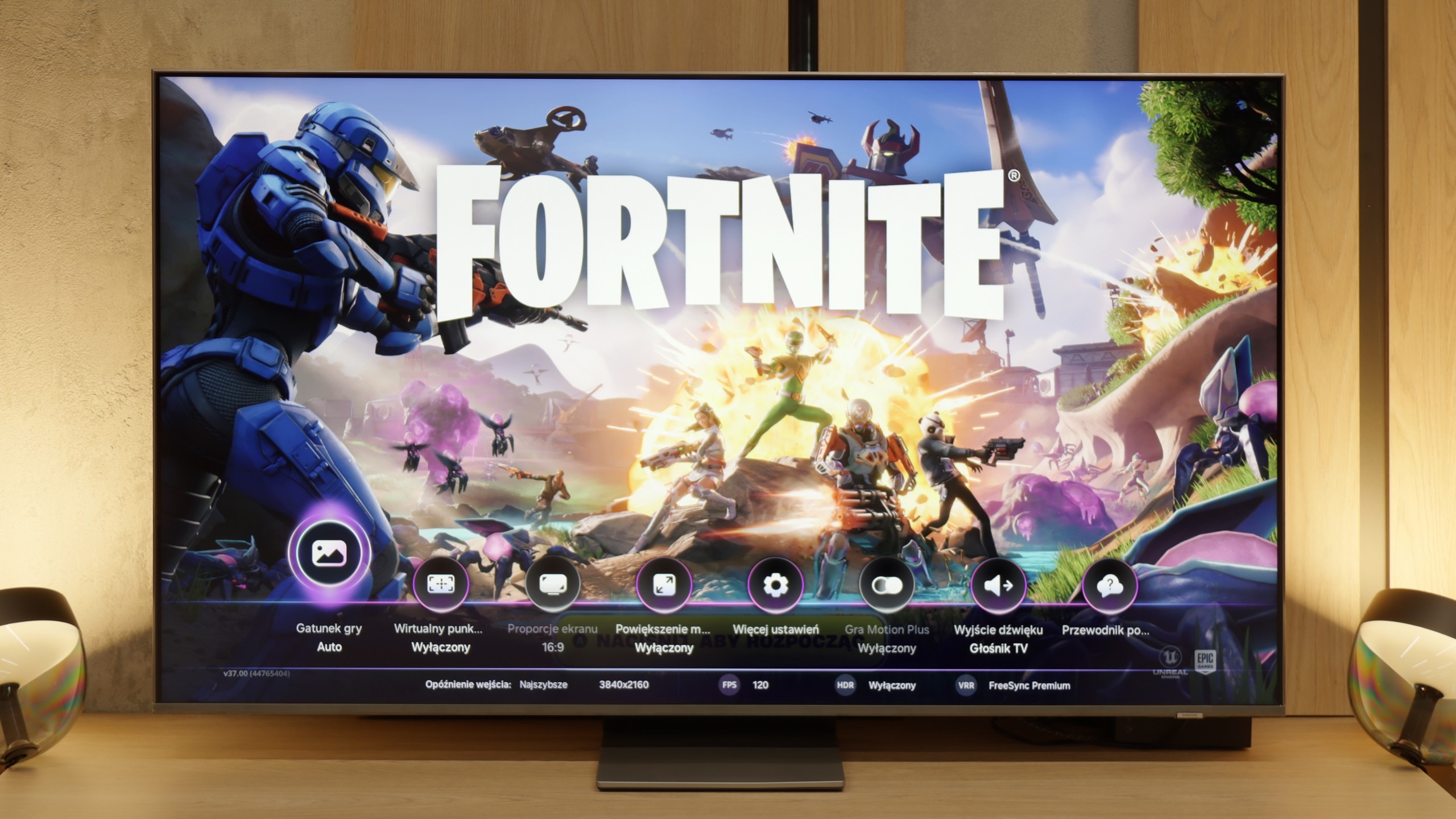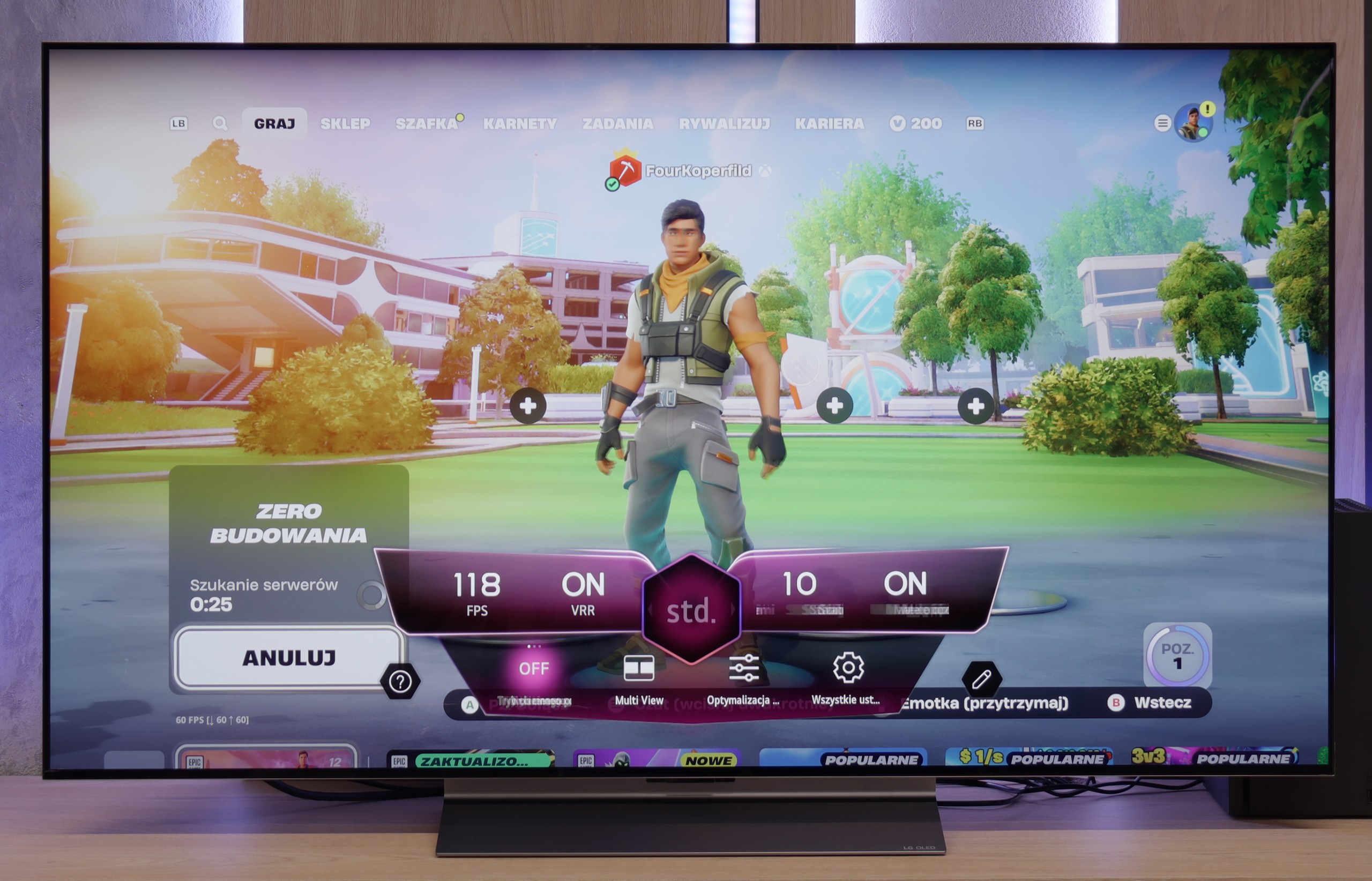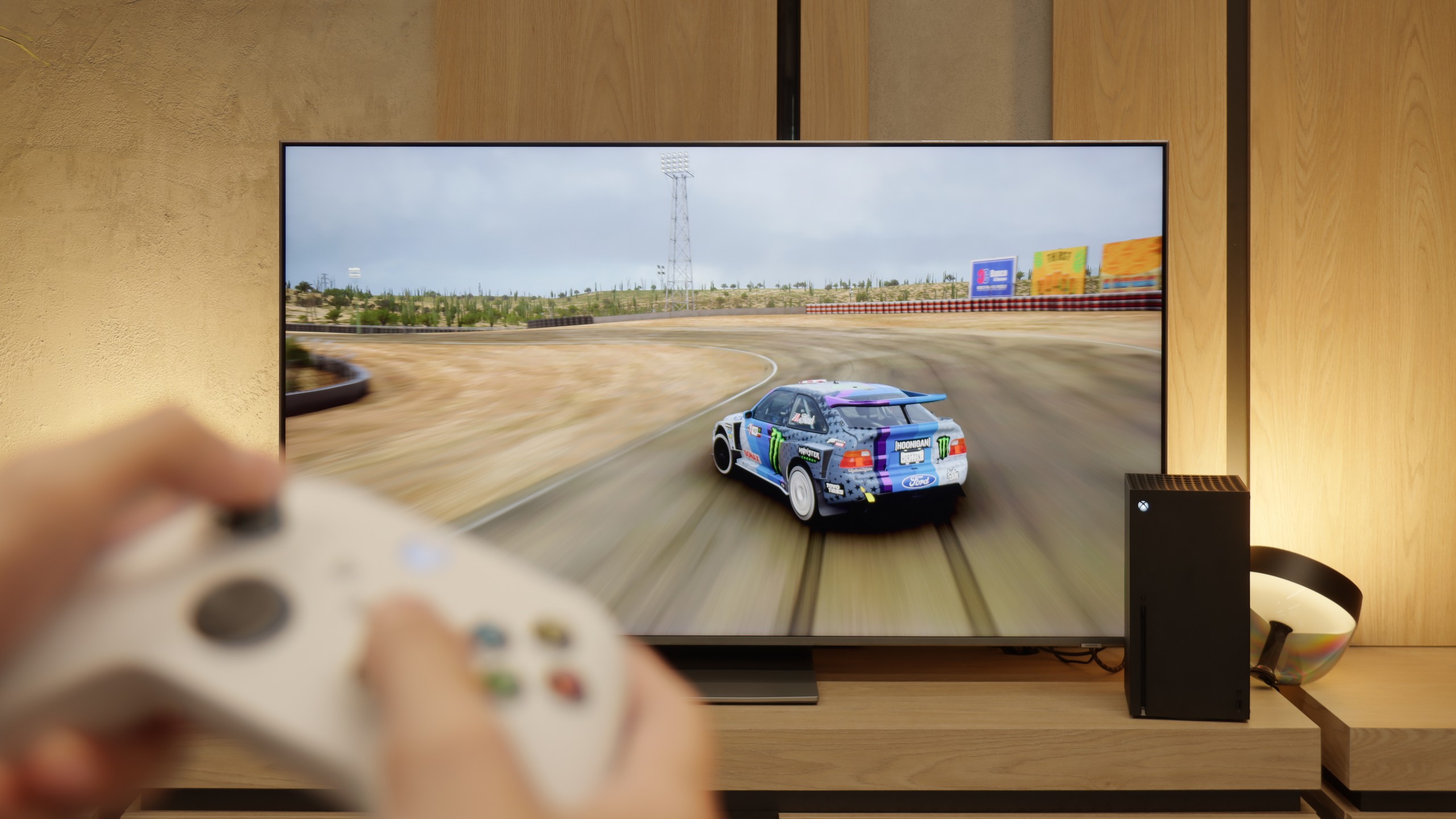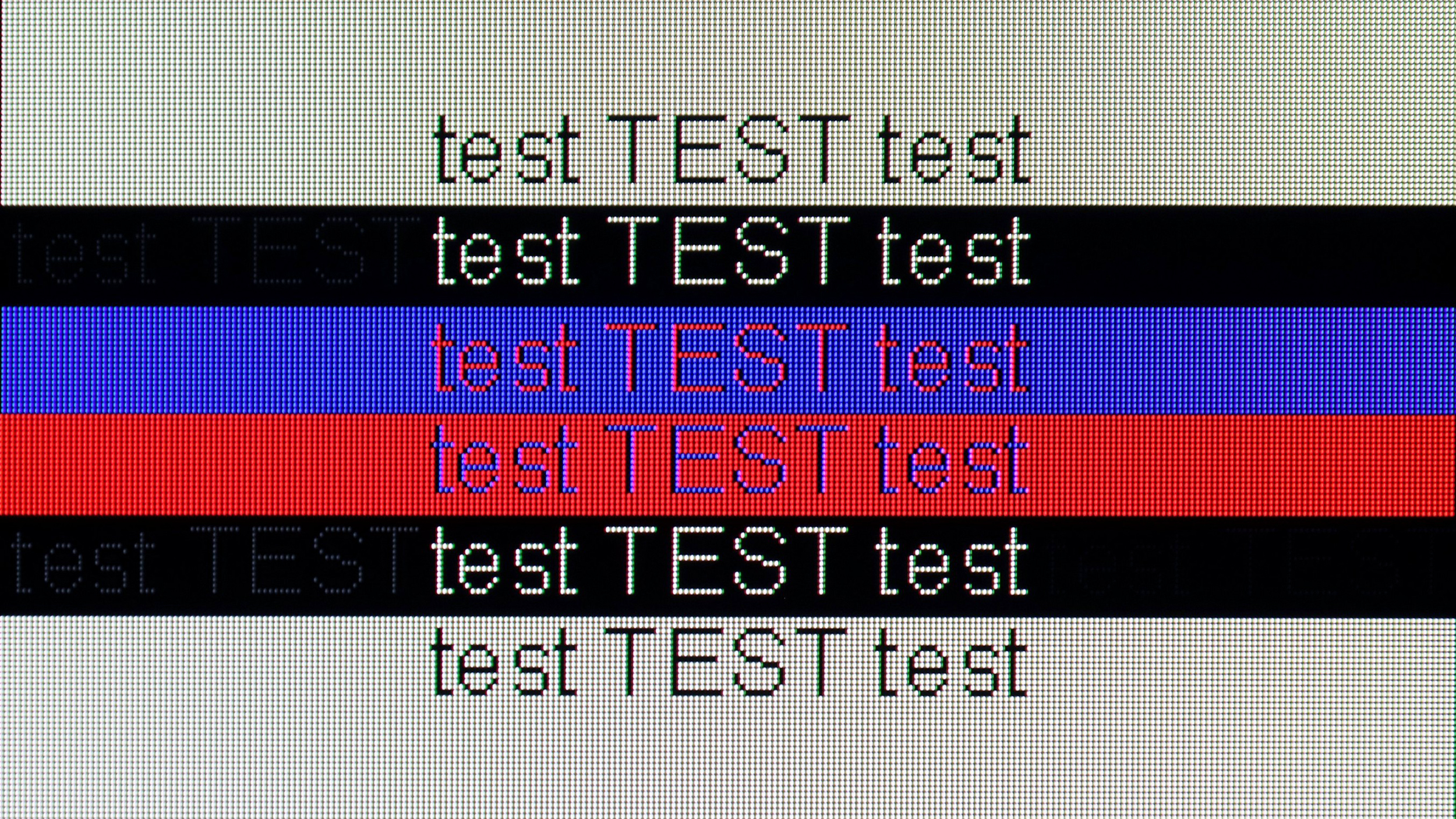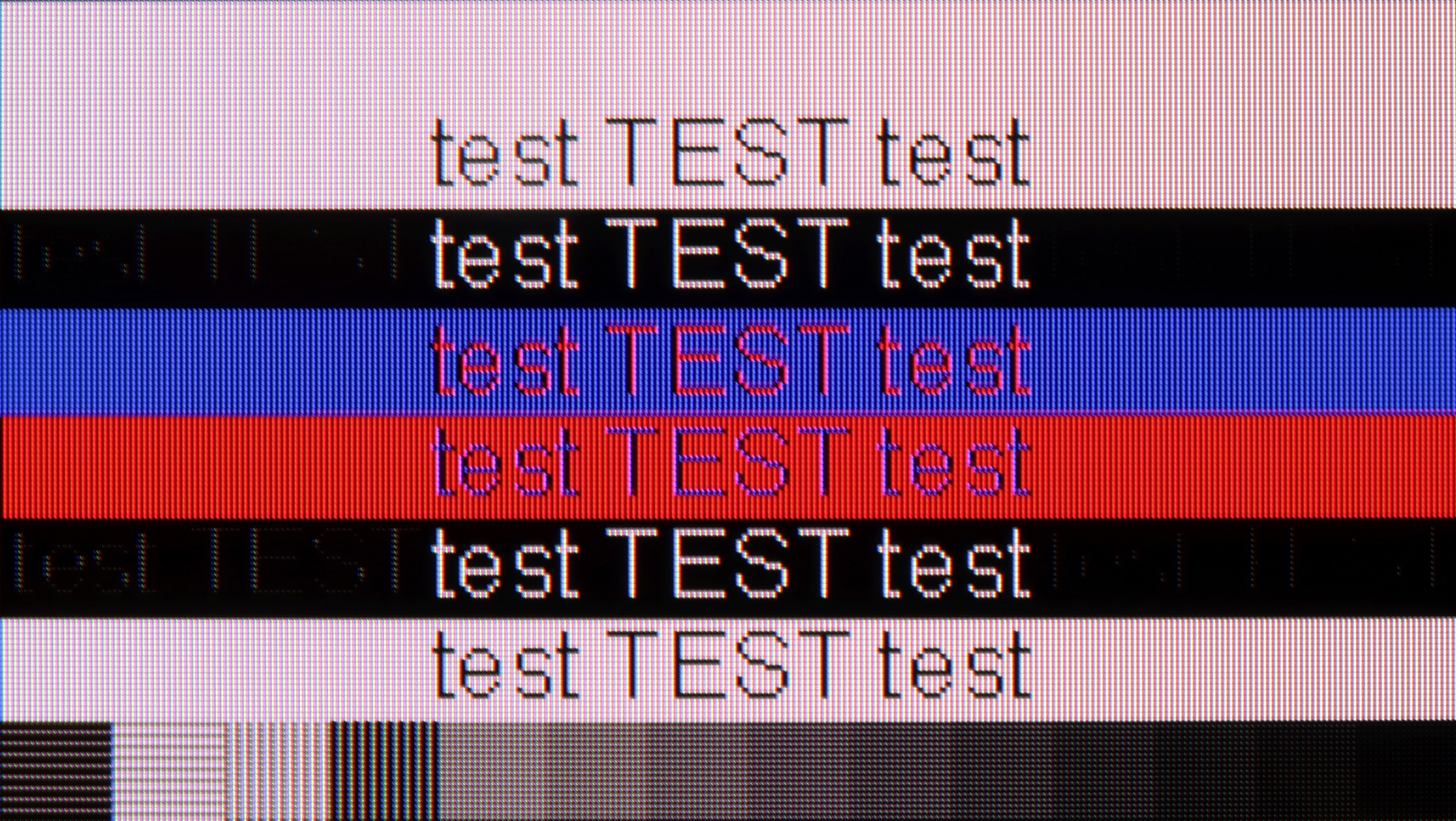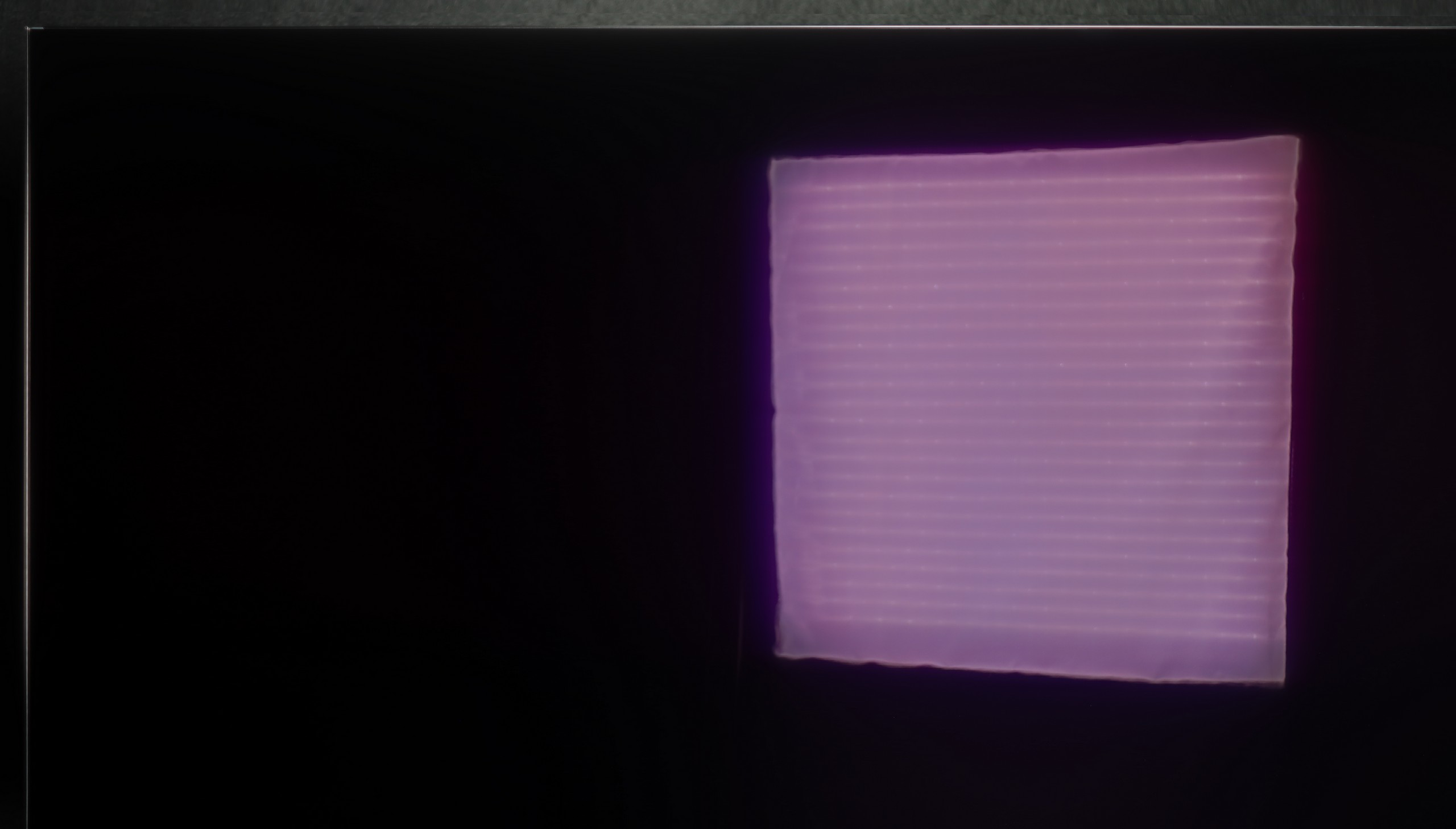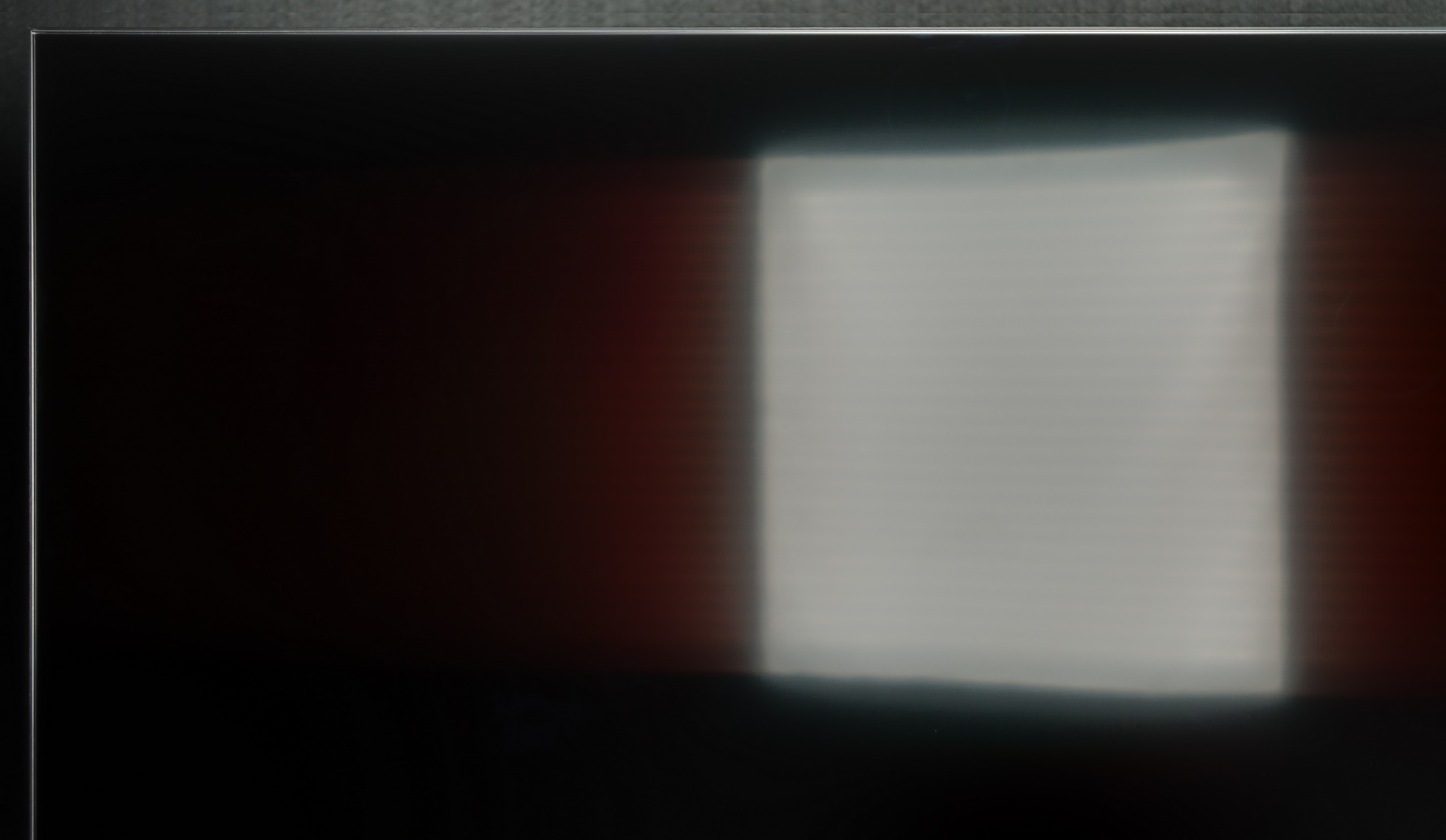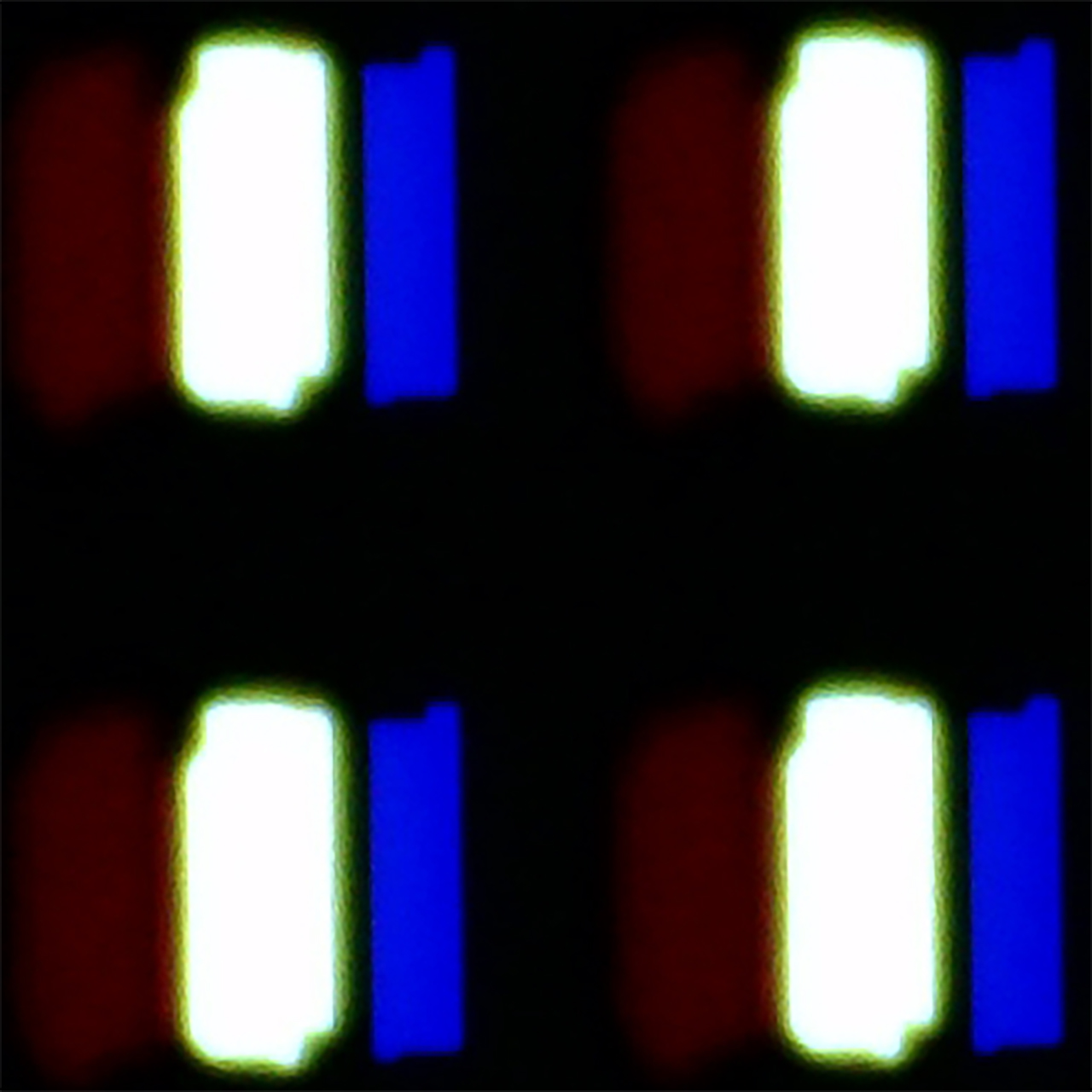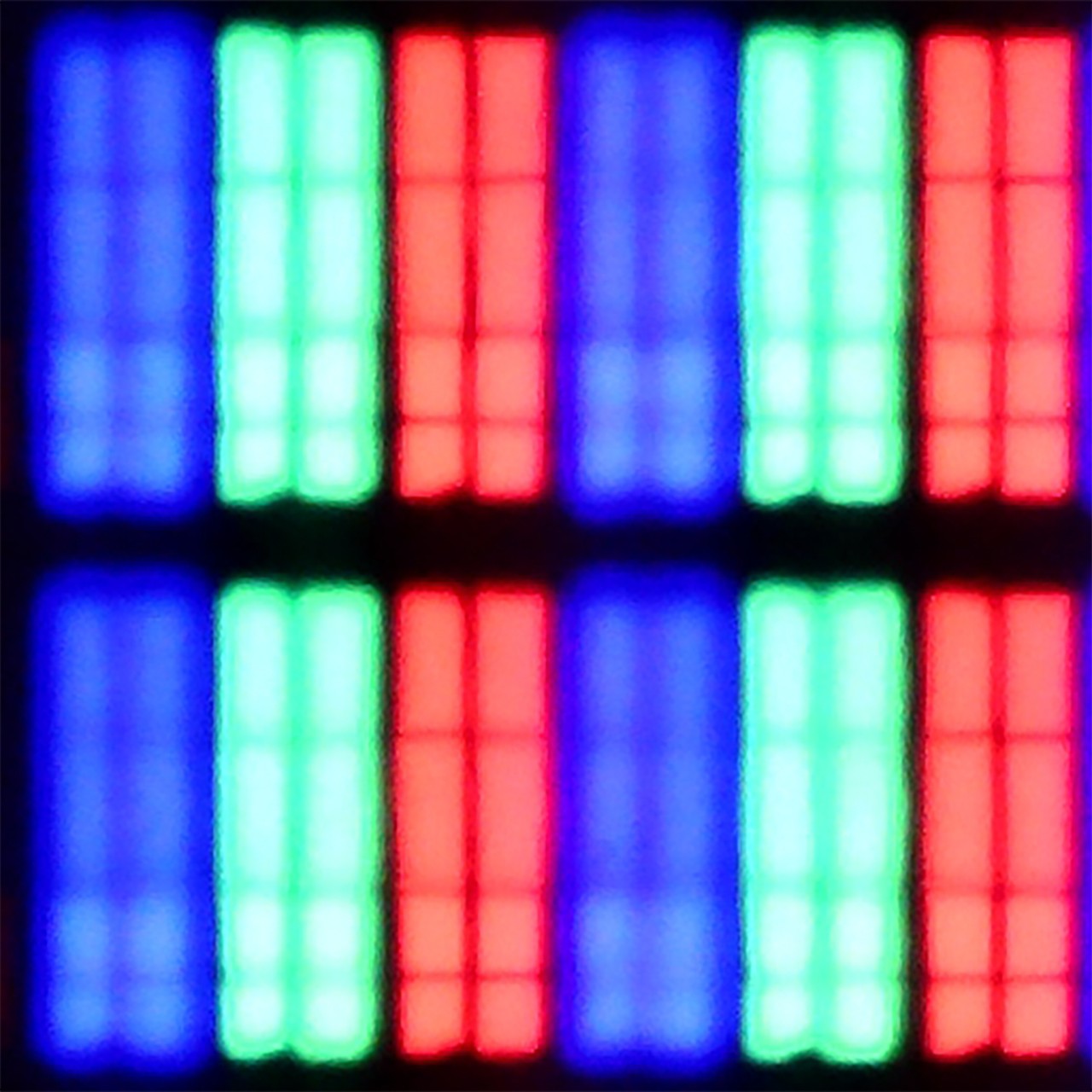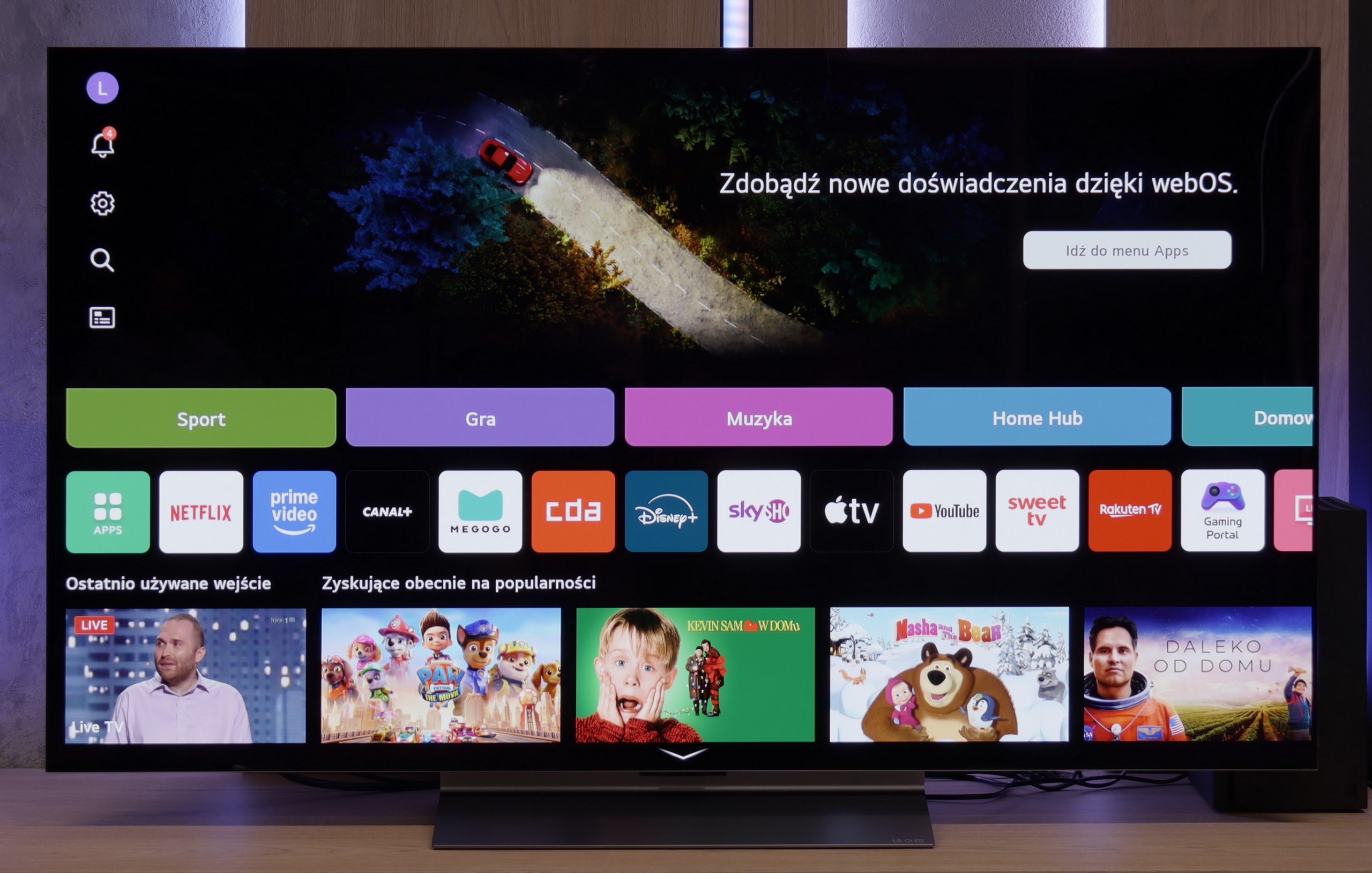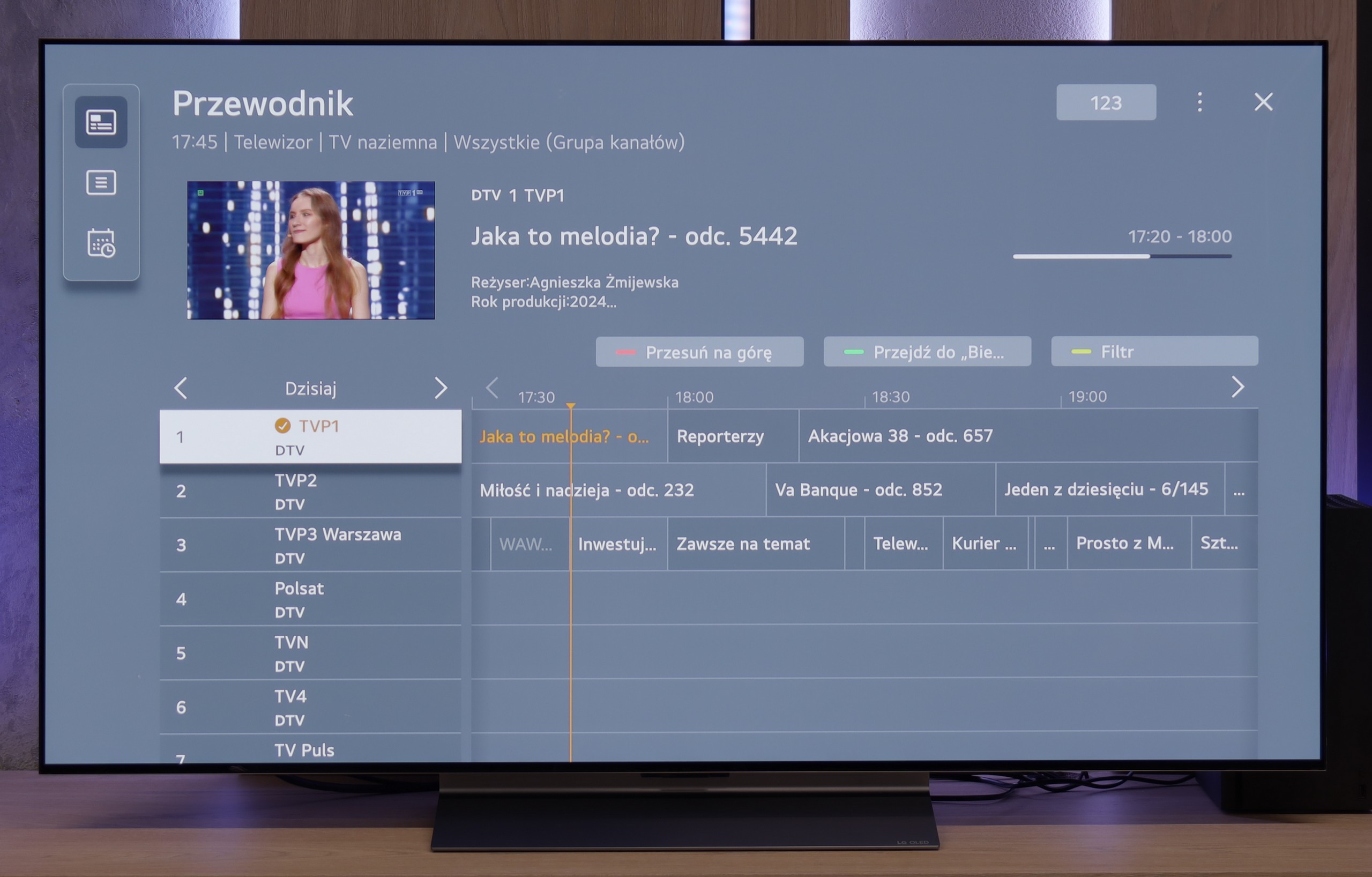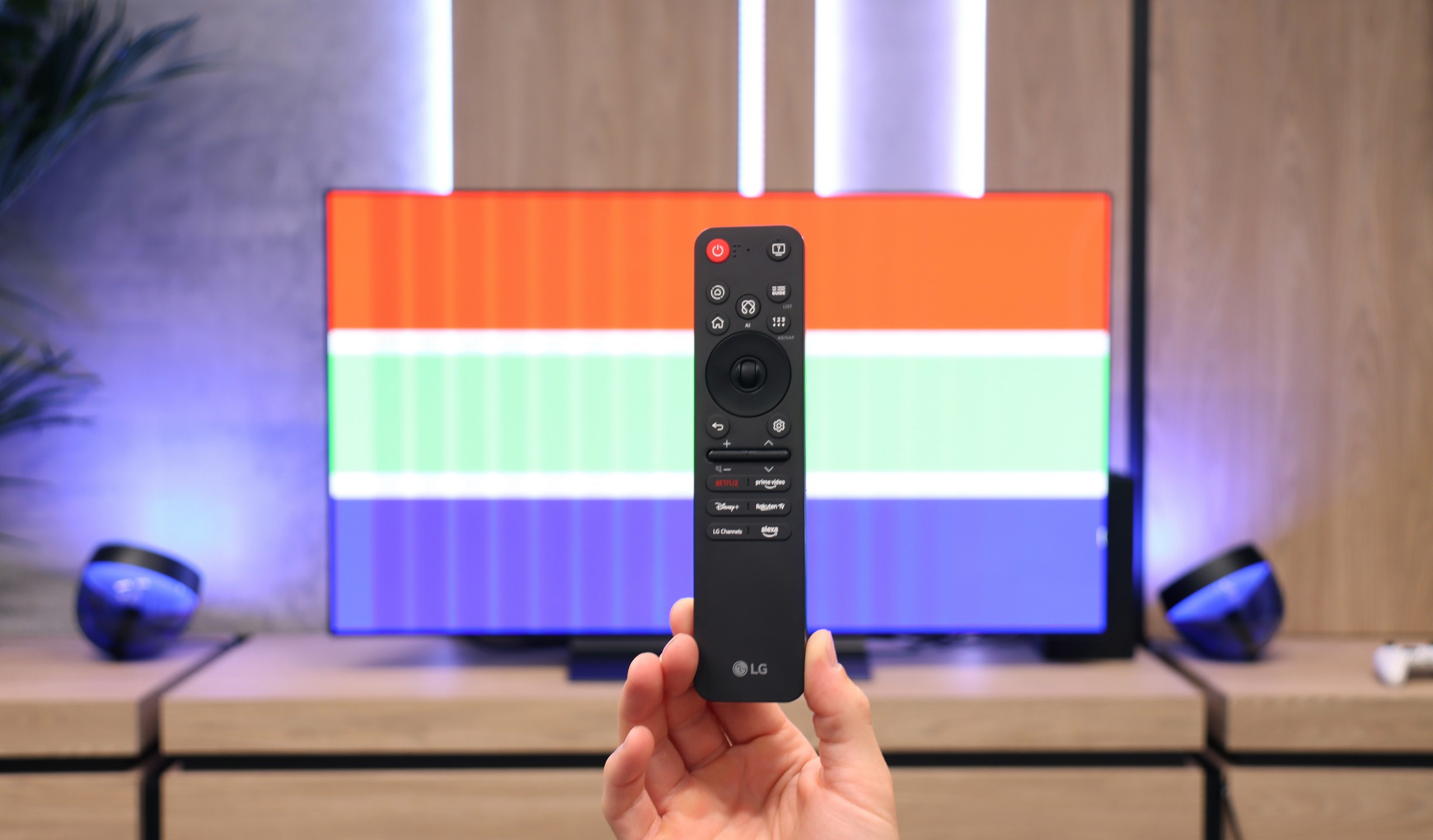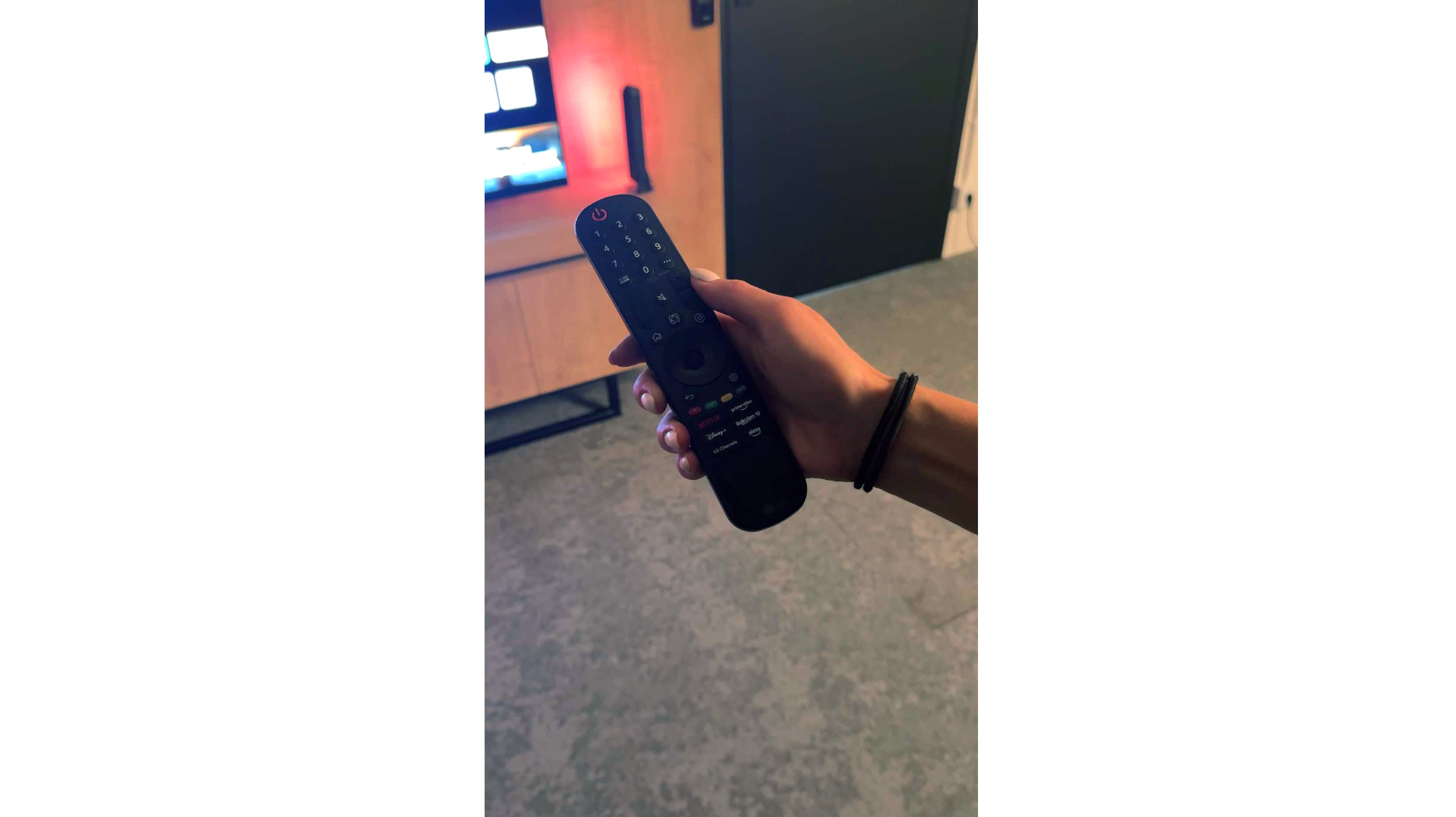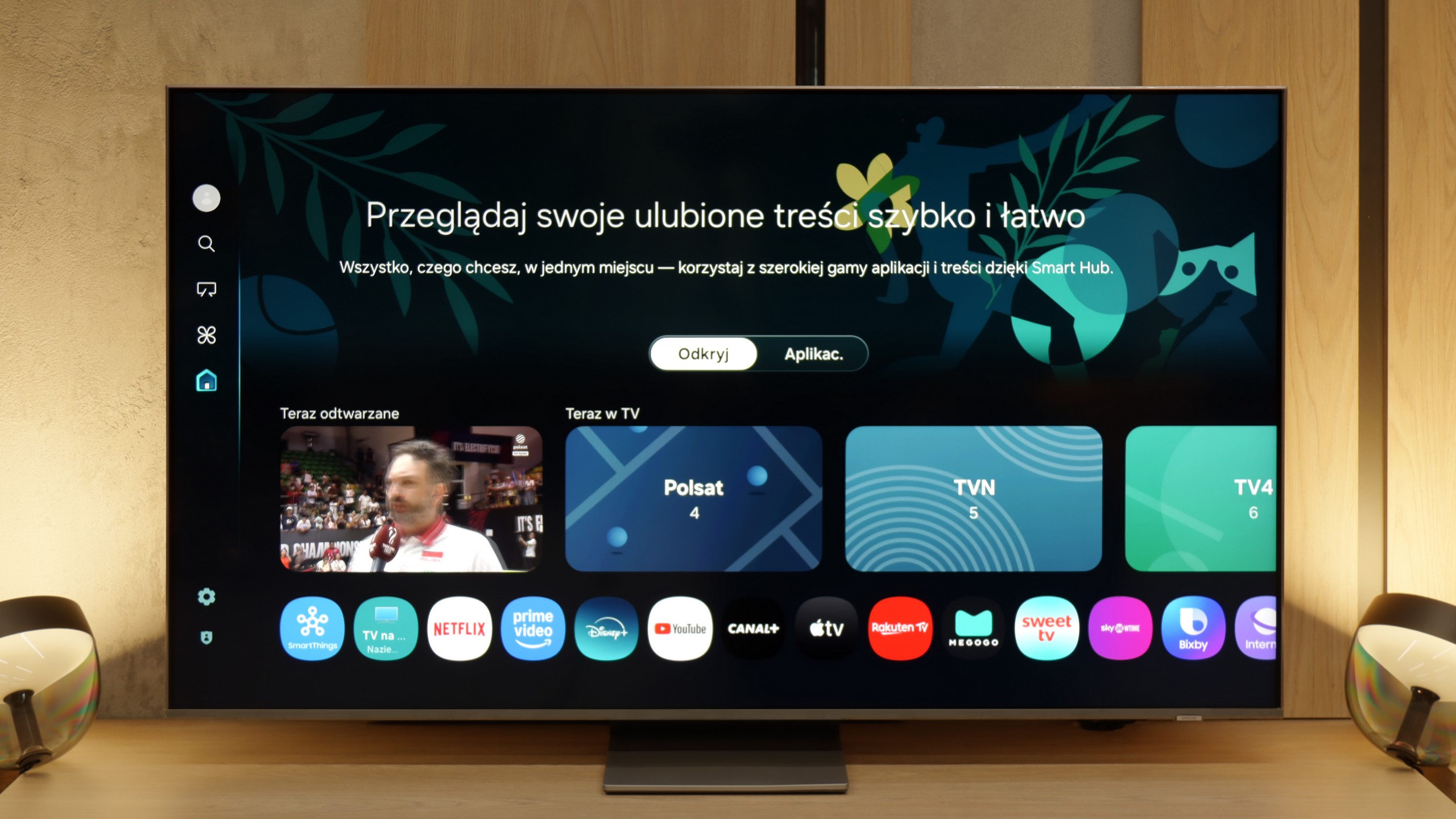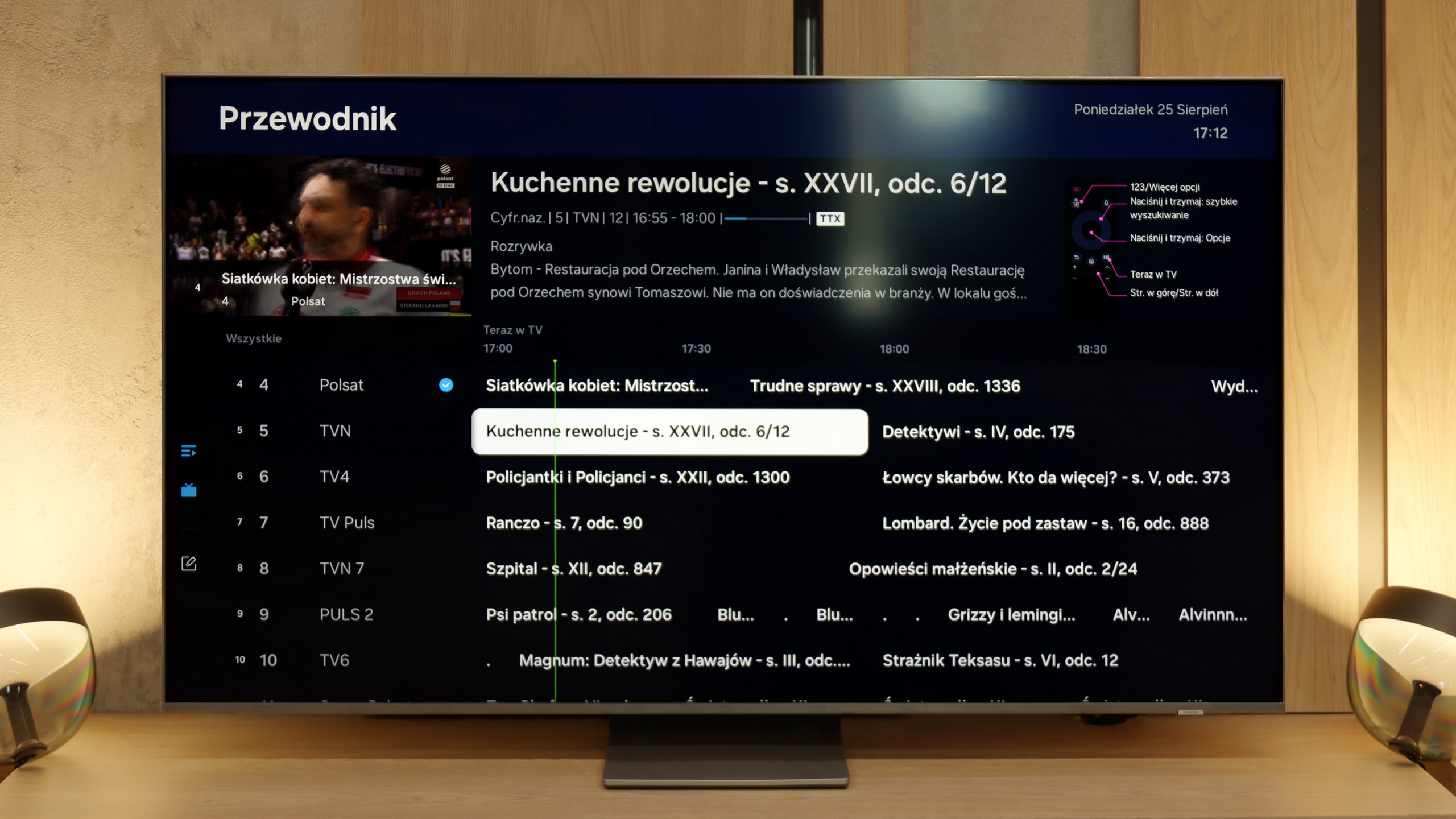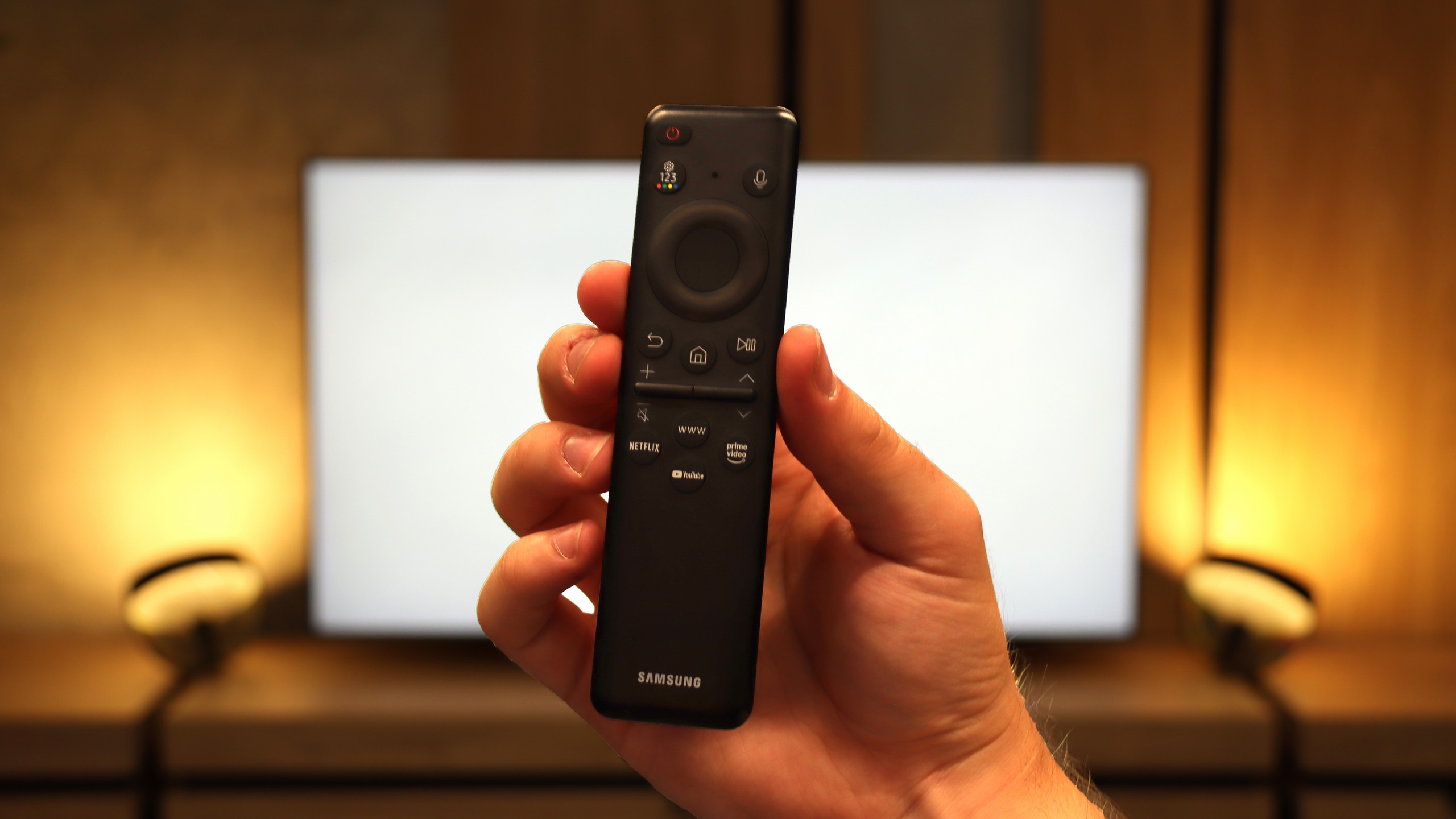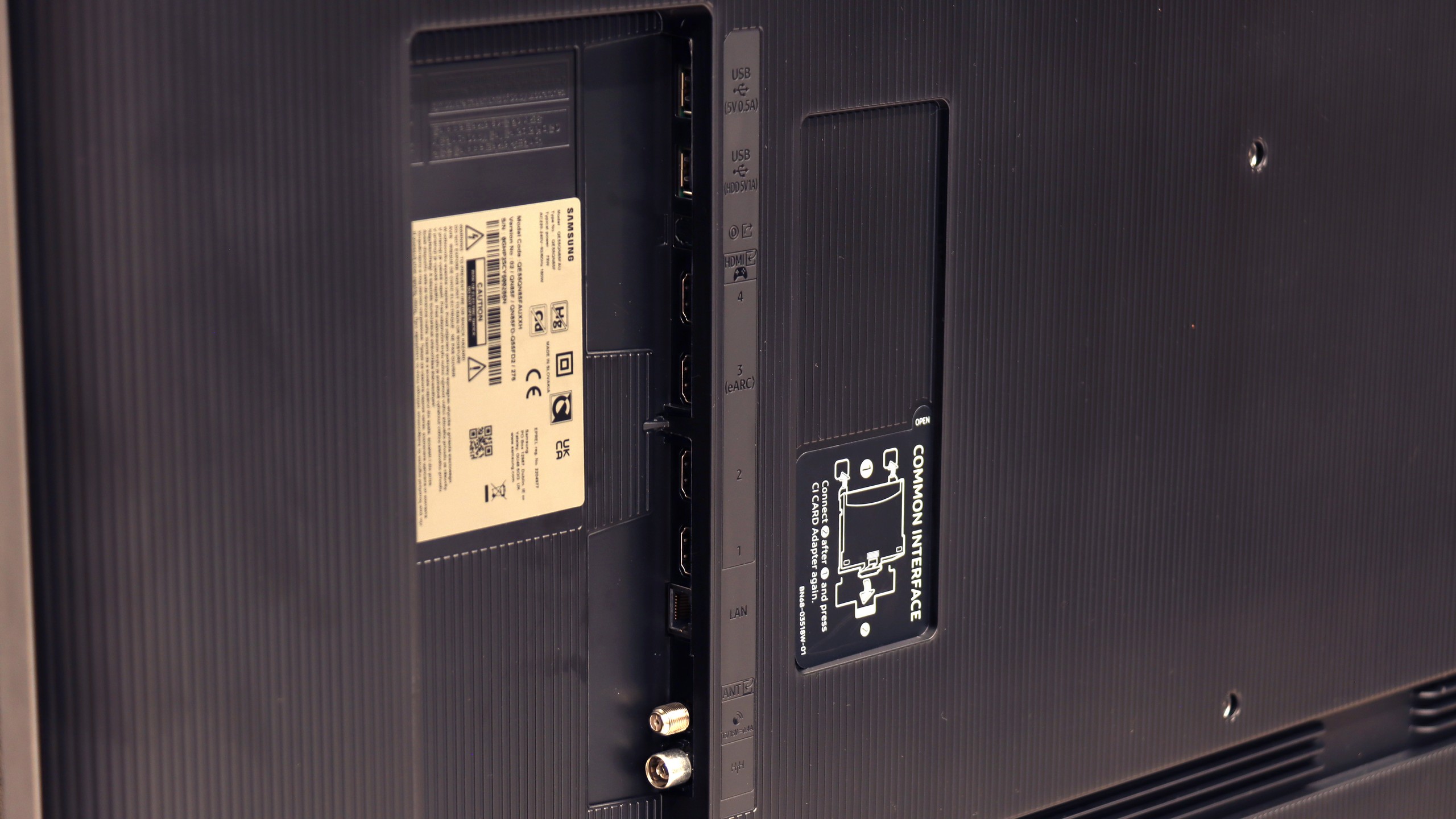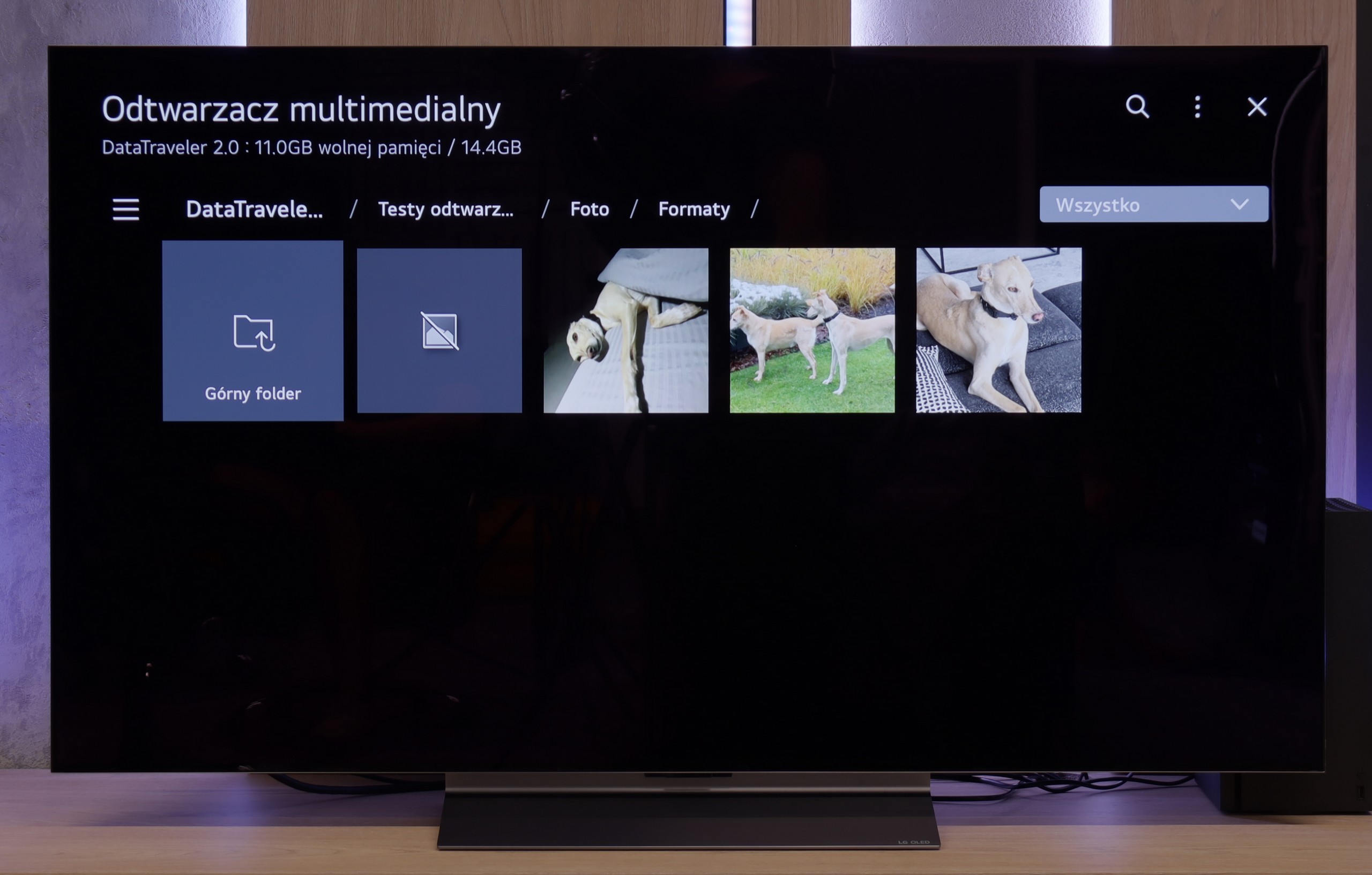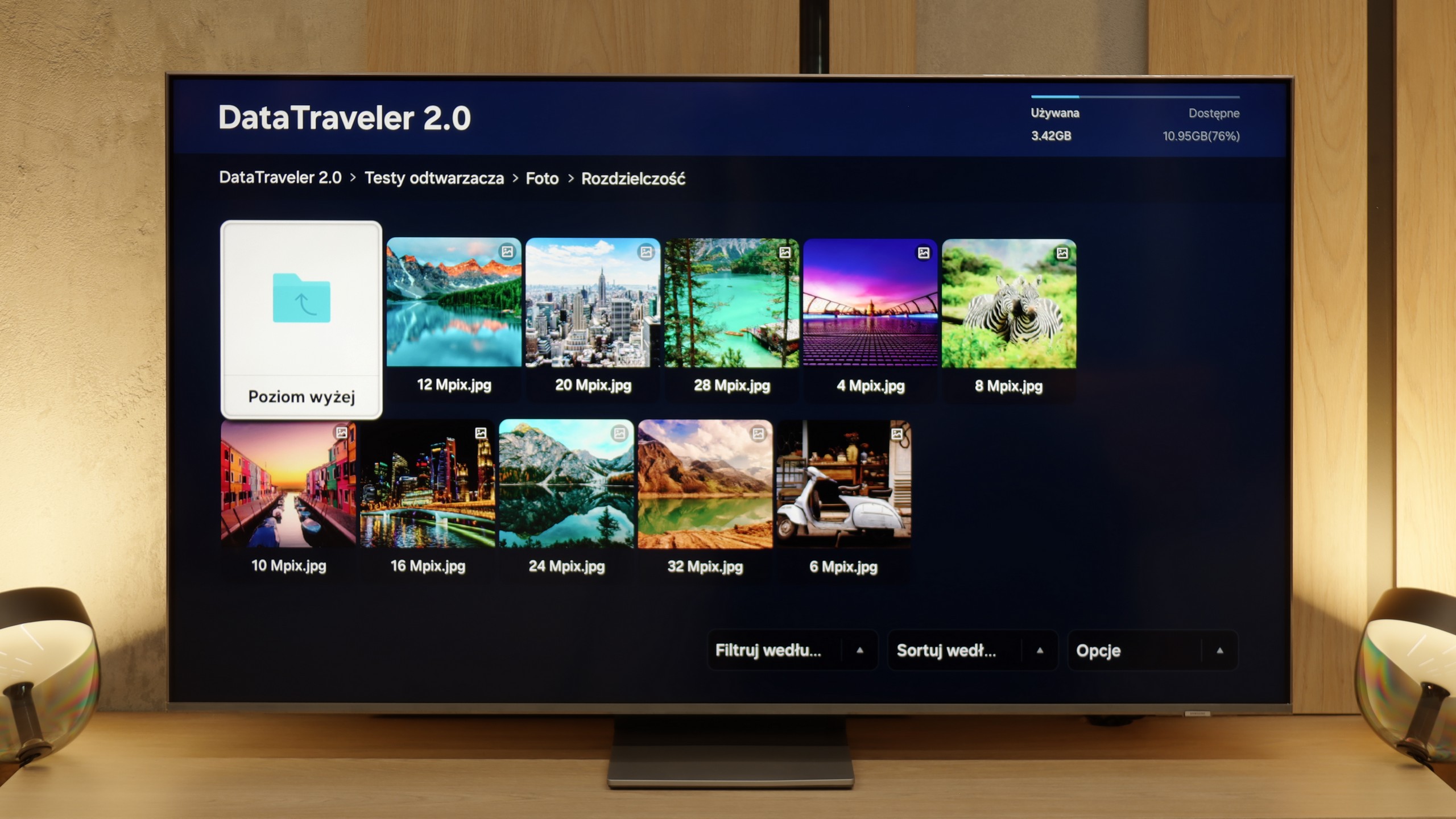LG C5 is a very successful continuation, and in several aspects, even a step forward compared to last year's model C4. The biggest change is the noticeably higher brightness – for the first time in the history of the C series, the barrier of 1000 nits has been surpassed, which significantly improves the quality of the HDR effect. Both movies and shows look more dynamic because of this, and bright scenes finally have the appropriate “shine.” After calibration, the image quality is almost reference-level, and one might feel like we are dealing with equipment much more expensive than its price suggests. C5 is also one of the best choices for gamers – four full HDMI 2.1 ports, low input lag, support for VRR, G-Sync, and properly implemented HGiG. Additionally, the 144 Hz panel makes not only gaming but also watching sports a pure pleasure. The convenient WebOS system and Magic remote with cursor control function deserve praise as well – everything works smoothly and intuitively. This is a TV that you simply want to use.
However, there are a few minor reservations. This year, LG decided to drop support for DTS codecs, which may be problematic for those using physical media and Blu-ray movie collections. It's also worth noting the confusion surrounding different versions of the remote – depending on the model designation, we may receive a completely different remote than the one we held during our tests. Despite these few remarks, LG C5 is a TV that impresses in almost every aspect. Brightness, colors, gaming features, image fluidity, and overall build quality make it one of the best OLEDs in its class.
The Samsung QN85F is a television that perfectly demonstrates the purpose of the Neo QLED line. On one hand, it has everything a modern user expects – high brightness, excellent smoothness, and full support for gamers. On the other hand, it's still an LCD, which means the technology comes with certain compromises. The question is whether these compromises actually hinder everyday use? In practice, it's hard not to be impressed with how the QN85F performs in HDR movies. A brightness level of 1700–1800 nits makes watching dynamic scenes truly convey the "HDR spark" that many competing TVs lack. The lighting effects in movies or series can literally overwhelm with intensity, while the TV does not lose detail and does not turn the whole image into a washed-out blur. This is exactly the kind of spectacular quality that viewers investing in a new screen are looking for. Gamers also have reasons to be pleased. (Well, maybe aside from one limitation related to HGIG.) There is support for 144 Hz, variable refresh rate VRR, and auto low latency mode ALLM. This is already a must-have feature in this class, but Samsung goes further and adds a unique feature called Game Motion Plus. Thanks to it, the image in games becomes smoother, resembling the effect of motion smoothing in films, but without a noticeable increase in lag. This solution truly distinguishes the QN85F from the competition. Adding to all of this is everyday convenience. The Tizen system is fast, stable, and full of apps that we actually use – from Netflix and Apple TV to YouTube and Disney+. Additionally, there is AirPlay support, an advanced SmartThings platform, and a remote that, instead of overwhelming us with dozens of buttons, provides simple control and quick access to the most important functions. This makes the QN85F a TV that you simply want to reach for every day. Of course, it’s possible to list its shortcomings. There’s no Dolby Vision, no USB recording, or PiP, and the viewing angles typical of VA panels won't impress if you sit at a large angle. But all of this pales in comparison to how versatile and refined the QN85F is. During the day, it performs excellently in bright rooms, in the evening it delivers cinematic emotions in HDR, and in games, it provides smoothness and low input lag that other models could envy. Overall, the QN85F is a TV that not only successfully continues the value tradition of its predecessor, the QN85D, but even enhances it with several strong points. It's a device that’s hard to describe in any other way than as a "safe choice" – one that will not disappoint in any scenario and is highly likely to meet the expectations of even the most demanding users.
